|
Dear HeartWood readers:
After much thought, I’ve decided to take a break from HeartWood for at least a few months. I’ve been writing this blog for almost five years now, and I’ve loved writing it and hearing from readers. Until the past year, I got a lot of my ideas from just being out and about and interacting with people in our community and beyond. But the pandemic has changed all of that, and while I look forward to a time when it all becomes possible again, we’re not there yet. To be honest, I’m starting to run dry! I’m also feeling a need to recharge and devote time to other projects over the winter. Putting HeartWood on pause will allow me to do that. So I want to take this opportunity to thank you all for being such faithful readers over the past five years. I really am looking at this as a time-out, not a conclusion. You can be sure I’ll be in touch when I’m ready to start up again. In the meantime, feel free to browse the Archives and Categories for posts you may have missed over the years. I will still be reading and responding to comments. ♥ Nan
22 Comments
Around mid-December, a friend posed this question on Facebook: What’s something that you thought you’d do this year during your changed world due to the pandemic, but turns out you didn’t do?  Did you plan to learn tai chi during the past year's downtime? Did you plan to learn tai chi during the past year's downtime? She got things rolling with her own confession that she’d intended to learn and practice tai chi using a DVD that had been recommended, but after trying it couple times, she never returned to the practice.  Was baking bread on your pandemic project list? Was baking bread on your pandemic project list? In the comments under her post, a few other people said they’d planned to learn something new—a language or a skill like baking bread—or spend more time doing something they already enjoyed, like painting. Or something they perhaps didn’t enjoy so much—working out, for instance—but resolved to do. Yet even in their changed worlds, days filled up with routine tasks like bill-paying, yard work, and household chores, on top of which some had the added responsibility of teaching homebound children. Then there were those who were sure they’d use their extra home-time to finally get organized. Garages, closets, storerooms all would be neat and orderly by the end of 2020. That didn’t always happen, either. Turns out those tasks are no less tedious when you have time for them than when you’re occupied with other things. I made that discovery myself. After an initial blitz of cleaning out cabinets, drawers, and closets, culling stuff, stuff, and more stuff, I hit a wall. Or maybe it was that warm weather arrived, and outdoor projects had more appeal. 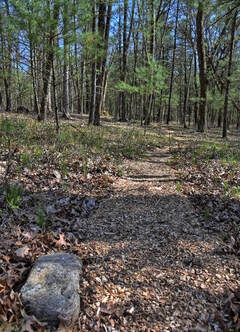 I made some new paths through the woods, but other outdoor projects remained unfinished I made some new paths through the woods, but other outdoor projects remained unfinished About those outdoor projects: there again, I had big plans for finishing the landscaping we’ve been trying over the past few summers to complete. I did make progress, but finish? Nope. Maybe next summer. What about you? What became of your intentions for 2020? What got done, and what got left undone? Does the answer to that question reflect a shift in priorities, or merely an adjustment to reality?  Some days, an excursion to Lake Michigan mattered more than getting things done Some days, an excursion to Lake Michigan mattered more than getting things done My answer to that last question is, a little of both. Working on my novel-in-progress became a higher priority than cleaning out every last file drawer. Organizing Zoom readings of my memoir took precedence over reorganizing my wardrobe. And some days, watching movies, playing Scrabble, or going for a long drive with Ray—compensating for the concerts, readings, and other live events we could no longer attend—felt more important than accomplishing anything at all. Now, a new year lies ahead, but life isn’t likely to return to normal (whatever form that takes) for at least another few months. So how to spend the remainder of our reconfigured time? Tackle more tasks or take advantage of these more spacious days to let our imaginations wander and our creative impulses reign? I gave some thought to that question as 2020 wound down. While I had no trouble coming up with lists of household projects to finish and other business to take care of, I realized my choices for the past year pointed to the way forward for the next. The things that yielded satisfaction—writing and other creative work, keeping in touch with friends, spending time with Ray—are the things I want to devote the most time and energy to. Not that I’ll ignore the rest. Checking off mundane tasks brings its own kind of satisfaction. But this time next year, I have a feeling the number of chores I’ve crossed off won’t matter nearly as much as the kind of contentment that comes from creativity and connection. (Oh, hey, that sounds like a catchy tagline for a blog!)
With in-person author events still on hold indefinitely, I'm devoting one blog post each month to an author interview. This month's interview is with Janet Glaser, who writes as J.Q. Rose. Her mysteries, Deadly Undertaking, Terror on Sunshine Boulevard and Dangerous Sanctuary, released by Books We Love Publishing, offer readers chills, giggles, and quirky characters. After presenting workshops on Writing Your Life Story for several years, Janet decided to take her advice and pen her memoir, Arranging a Dream: A Memoir. The book is scheduled for release January 1, 2021, also from Books We Love Publishing. Arranging a Dream tells the story of how Janet and husband Ted, budding entrepreneurs with more enthusiasm than experience, purchased a floral shop and greenhouses in 1975, where they planned to grow their dream. Leaving friends and family behind in Illinois and losing the security of two paychecks, they transplanted themselves, their one-year-old daughter, and all their belongings to Fremont, Michigan, where they knew no one. Through trials and triumphs, Janet and Ted dug in to develop a blooming business while juggling parenting with work and keeping their marriage thriving. To celebrate the Arranging a Dream: A Memoir Winter Virtual Book Tour, Janet is offering a free eBook to a lucky reader. Just leave a comment below to be entered in the drawing. Deadline for entries: Sunday, December 20, 9 pm Eastern Time. How is writing about real people, places, and events different from writing fiction, where you can invent characters, situations, and settings? Are the two processes similar in any ways?
In the acknowledgments, you mention that you and your husband Ted had fun recalling the times you write about in this memoir. Tell us more about how your memories meshed and how you reconciled differences when your memories of a specific event didn’t match.
What other techniques did you use to access the memories that helped you tell this story?
What do you hope readers will take away from Arranging a Dream? What did you gain by writing the book? I hope readers will be inspired to work toward their dreams. Use their passion to keep driving toward the future they envision. Looking through the lens of time allowed me to put myself into the shoes of the previous owners of the flower shop, Hattie and Frank. After owning the business for so many years and deciding to sell it, I discovered I was like Hattie. We disagreed a lot with Hattie about how to run the shop and greenhouses because we wanted to use our new ideas and not listen to the tried-and-true methods she had developed during her years of experience. She was afraid we would fail by being so bold. I never thought I would admit I acted like Hattie when we sold our shop. I was also fearful the new owners would fail if they didn’t follow our ways of running things. Instead, they have been successful and are still in business. In addition to your own writing, you’re committed to helping others tell stories from their lives, through your Facebook group, your interactive journal, Your Words, Your Life Story: A Journal for Sharing Memories, and your workshops. Why is this important to you, and what are the rewards?
What’s next? Are there other periods of your life that might lend themselves to a memoir? Or will you write more fiction? Next, I hope to turn the book, Your Words, Your Life Story, into a course so I can reach more people and encourage them to write their stories, because I am a life storytelling evangelist. I always have ideas for stories swirling through my brain, so I will be writing, but I have not chosen which idea to develop at this time. I am just savoring touring around cyberspace, meeting authors and readers. Anything else you'd like to add? Thank you, Nan, for hosting me during the Arranging a Dream: A Memoir Winter Virtual Book Tour!
I'm never really sure what to call this list. My Most Want-to-Tell-You-About-Them Books of 2020? Or simply A Bunch of Books I Read This Year and Actually Remember Something About? Whatever you want to call it, here it is: Ten Something-or-Other Books I Read in 2020 |
| Arranging a Dream J.Q. Rose I had the privilege of reading an advance copy of this memoir, due to be published January 1, 2021. The author of three mysteries, Rose (AKA Janet Glaser) departs from fiction to tell how she and husband Ted struck out in their twenties to be their own bosses, purchasing a floral shop and greenhouses in Fremont, Michigan. Ted, a gardening enthusiast, had a knack for growing things, but neither of the Glasers knew a thing about running a business. Or arranging flowers! Readers will learn along with them and watch their marriage grow along with their business. Read my full review on Goodreads, and come back to HeartWood December 16 for a Q&A with J.Q. |
| Elemental: A Collection of Michigan Creative Nonfiction Anne-Marie Oomen, Editor In these pages I found stunning, sometimes surprising work from some of my favorite Michigan authors--Fleda Brown, Jerry Dennis, Mardi Jo Link, Anne-Marie Oomen, Keith Taylor--and became acquainted with new-to-me others. (How have I not read Rhoda Janzen's books? Beats me, but now I will!) There's much here about life in Michigan and much more about, well, life. |
| How to Survive Death and Other Inconveniences Sue William Silverman You can always count on Silverman for honest explorations of difficult topics. Here, in a collection of linked essays, she confronts mortality. But as the cover suggests, there are touches of humor and sprinkles of pop culture (Adam Lambert--woohoo!). And as always, luminous prose. |
| Chickens, Mules and Two Old Fools Victoria Twead I learned about this book through the We Love Memoirs Facebook group. In this stressful pandemic/political year, it was exactly the escape I needed. Twead vividly--and often hilariously--recounts this true-life tale of moving from England to a tiny Andalusian village. Bonus: The book includes Spanish recipes contributed by village women. |
| Not Tonight, Josephine: A Road Trip Through Small-Town America George Mahood Another We Love Memoirs find, and another entertaining escape. Two young Brits on a road trip across America in a decrepit 1989 Dodge Caravan. What's not to love? Having traveled many of the same roads, I found it fascinating to see them through the eyes of a visitor from another country. |
| No Rules: A Memoir Sharon Dukett As I wrote in my Goodreads review, "The story would be engaging enough if it were simply a romp through hippiedom in the Age of Aquarius, but it’s a deeper exploration of the influences that transformed Dukett from defiant girl to the strong, capable—and happy—woman she is today." Read my HeartWood interview with Sharon here. |
| Freckled: A Memoir of Growing Up Wild in Hawaii T.W. Neal I was drawn to this book because, like my memoir, it's a true story of a young American living on a South Pacific island decades ago. But there, the similarity ends. Neal's neglectful upbringing was in an anything-goes hippie community mostly isolated from the surrounding Hawaiian culture. Her fascinating story is one of resilience and, ultimately triumph. |
| The Storied Life of A.J. Fikry Gabrielle Zevin And now, we come to quirky. Filled with offbeat characters and fun references to literature and commercial fiction, this entertaining novel kept me engaged with surprising plot twists. (I especially got a kick from the author event scene). Through it all, the main character, prickly bookstore owner A.J. Fikry, turns out to be more complex than he seems on first encounter. |
| The Keeper of Lost Things Ruth Hogan Anthony Peardew rescues and meticulously catalogues lost objects--from a pair of lime-green, flower-shaped hair bobbles to a biscuit tin containing cremation remains--in hopes of eventually reuniting them with their owners. It's a pastime that began forty years earlier when he carelessly lost a keepsake from his fiancée, who died that very day. This novel weaves together Anthony's story with those of his assistant Laura, gardener Freddy, young neighbor Sunshine, and complete stranger Eunice. As the book description puts it, this novel "explores the promises we make and break, losing and finding ourselves, the objects that hold magic and meaning for our lives, and the surprising connections that bind us. |
Nonfiction & Memoir
You Might Be A Crazy Cat Lady If . . . by Janet Vormittag
The Devil in the White City, by Erik Larson
In the Shadow of the Valley: A Memoir, by Bobi Conn
Poetic License: A Memoir, by Gretchen Cherington
Rainbow Diner: A Memoir, by Astrid Arlen
Furiously Happy, by Jenny Lawson
The Answer Is, by Alex Trebek
Wounds A Collaborative Memoir in Stories, by Razel Jones and Daniel Abbott
Zeitoun, by Dave Eggers
Fiction
Where the Crawdads Sing, by Delia Owen
Rain Crow Killing, by Jeff Millen
The Underground Railroad, by Colson Whitehead
Homeland and Other Stories, by Barbara Kingsolver
The Lost Tiki Palaces of Detroit, by Michael Zadoorian
Coming to Be, by Rebecca Thaddeus
Olas Grandes, by Barbara Mahase Rodman
When We Were Orphans, by Kazuo Ishiguro
Maud's Line, by Margaret Verble
Moloka'i by Alan Brennart
Young Jane Young, by Gabrielle Zevin
Rodham, by Curtis Sittenfeld
Such a Fun Age, by Kiley Reid
Akua: A Novel of Samoa, by Daniel Pouesi
Poetry
And Then Snow, by Phillip Sterling
Far Out: Poems of the 60s, Wendy Barker and Dave Parsons, editors
One Less River, by Terry Blackhawk
Severance, by Robert Fanning
The Straits, by Kristin Palm
Trumbull Ave., by Michael Lauchlan
There still is, but at least I’m able to inhabit islands of concentration here and there. Of course, it always takes time to get up to speed on something you’ve set aside, and that’s especially true in this case because I’m using a completely different (for me) approach with this writing project—one that requires a great deal of thought and patience.
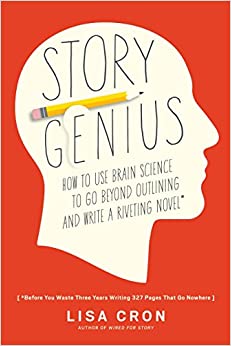 In my novel project, I'm using the method detailed in this book
In my novel project, I'm using the method detailed in this book As I ease back into this painstaking process, I can’t help thinking it might serve as a model for how to approach life in general. I’ll elaborate on that in a moment, but first a little more about the writing part.
The method I’m following was developed by author Lisa Cron and detailed in her 2016 book Story Genius: How to Use Brain Science to Go Beyond Outlining and Write a Riveting Novel (Before You Waste Three Years Writing 327 Pages That Go Nowhere).
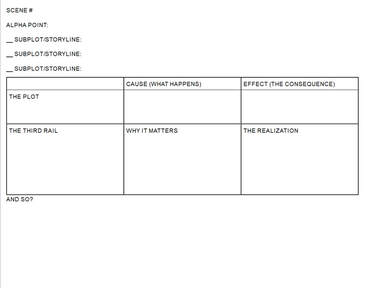 Cron advocates the use of scene cards such as this one to "blueprint" your novel, scene by scene.
Cron advocates the use of scene cards such as this one to "blueprint" your novel, scene by scene. But it turns out the secret isn’t to power through, wildly racking up word counts. It’s to carefully “blueprint” every single scene, stifling the impulse to start writing the scene until you’ve answered several key questions. And I mean really answered them thoroughly, sometimes with pages of brainstorming ideas that will never make it into the manuscript.
- What does the main character go into the scene believing? Why does she believe it? Are her beliefs valid, or are they misbeliefs?
- What does the main character want the outcome of this scene to be?
- What is the seminal thing that happens in the scene? Why does it need to happen (what role does it play in the whole story)? Can it actually happen (logistically)? Why would it happen, given the main character’s internal struggle?
- What does the main character realize as a result of what happens in this scene? How does that change her beliefs (especially her misbeliefs), her worldview? What action does it lead her to take next?
The first is that in the Story Genius method, the focus is on each scene. Instead of getting overwhelmed by the idea of writing a whole novel, you zero in on the scene in front of you, examine it from several angles, and think it through before moving on. Kind of like focusing on what’s happening right here, right now, each day instead of letting your mind get stuck in the “If only . . .” of your past or fast-forwarding into the “What if . . .?” of the future.
Finally, unlike authors of novels, we can’t predict how our own stories will end. But we can keep in mind our ultimate goals and intentions and try to make sure every scene in our saga unfolds in a way that leads us in the direction we want to go.
Let's all take a deep breath and enjoy another visual retreat with some of my favorite photos from the past four months.
Today's guest is Donald Levin, author of seven mysteries in the Martin Preuss series, as well as the novel The House of Grins (1992) and two books of poetry, In Praise of Old Photographs (2005) and New Year’s Tangerine (2007).
The latest book in the Martin Preuss series, In the House of Night, officially launches Tuesday, October 6.
| Well, first of all, I love to write. I know some writers who talk about the agony of it, but me, the physical act of setting down words on paper (or a screen, as the case may be) is pure joy. Beyond that, before joining academia in the mid-1990s, I had been a professional writer for over twenty years. During that time, I took on assignments to produce just about every kind of writing there is . . . speeches, video scripts, annual reports, articles, op-ed pieces for newspapers and professional journals, grant applications, fund-raising materials, newsletters, brochures . . . you name it, I wrote it at one time or another. As you might expect, I learned a tremendous amount about writing—especially about the importance of good, disciplined work habits. I think that’s really the secret to my productivity. |
Once I started as a serious creative writer—producing novels, short stories, and poetry—I transferred that workmanlike attitude and those work habits that I developed. So when I’m working on a novel, I make sure I’m at work at the same time every day, and put in a full day of writing with a quota of 1,000 words.
I’m very fortunate that I was able to retire from teaching five years ago so I have been able to devote a lot of time to writing. But even before I retired, I made time to write while working full-time.
It can be done.
| In addition to what I talked about in the previous question (giving me good work habits), all those jobs served me well in a couple of ways. First, they brought me into contact with an incredible number of different kinds of people. For a writer, that’s gold. People, and the mysteries of human life, are a writer’s subject matter, and I’ve always tried to follow Henry James’s advice to “be one of those upon whom nothing is lost.” So watching and learning and filing away what I saw in those jobs helped me enormously over the years. I feel like I have a rich store of characters and experiences to draw on. |
| The location is very important. I like to think that Ferndale is another character in the books. My main character, Martin Preuss, started out as a fictional police detective in a fictionalized Ferndale Police Department, and in the later books has made a transition into private investigation, still based in Ferndale. The city has roughly 20,000 residents, and it’s right outside Detroit (across Eight Mile Road made famous by Eminem) so I can draw my plots and situations from what you find in both a smaller city and a large one. And in some of the books I’ve hewn very closely to the actual history of the place. In The Forgotten Child, for example, a major plot device is a real fire that actually took out part of downtown Ferndale in 1975. |
There’s also another reason why I chose Ferndale: one of my favorite writers is Henning Mankell, who set his mystery series in Ystad, a small city in Sweden. As it happens, Ferndale is almost exactly the same size as Ystad, so I feel like I’m making an homage to Mankell by giving my detective a beat similar to Mankell’s Wallander.
| I love reading a series. As a reader, you really get to know the main (and continuing subordinate) characters . . . you see them evolve and develop, you see them progress through their careers and personal lives, you see them age, you get to know all their quirks and tics and strengths and weaknesses. My favorite characters in mysteries are parts of a series: Wallander in Mankell’s series, as I mentioned; Rebus in Ian Rankin’s series; Lew Archer in Ross Macdonald’s series; Martin Beck in Sjowall and Wahloo’s ground-breaking series from the 1960s; Vera and Jimmy Perez in Ann Cleeve’s two wonderful series . . . |
Another important aspect of writing the Preuss series for me and my readers is Preuss’s son, Toby. Toby is multiply handicapped and lives in a group home, but he is an integral part of Preuss’s life. Indeed, the relationship between Toby and his father is, in my humble opinion, at the heart of the series. Martin Preuss loves his son fiercely and cares for him with great tenderness, and Toby returns the love unconditionally. One reviewer called their relationship “a touching element that’s a constant in the series”; another reviewer noted, “The complexity of the main character and especially his deep love for his handicapped son draw the reader into the story in a way that few other mysteries do.”
Toby has profound physical and cognitive disabilities, but the character is sweet, loving, joyful, and everybody’s favorite character in the books. (Also one of the few rounded, sympathetic portraits of handicapped characters I’ve seen.) Toby is based on my own grandson Jamie, who sadly passed away a few years ago; writing him as a continuing character in this continuing series gives me a chance to keep that wonderful young man alive for me and everyone who knew him.
| The novels in the Martin Preuss series are mysteries in the sense that there are crimes to be solved and secrets to be revealed. But I think of them more as explorations of characters and relationships seen through the lens of the extremities of crime. As such, the series is very character-driven, with a minimum of violence. There is a continuing cast of main characters in each book (including Martin and his son Toby, but also some others such as Martin’s coworkers and Toby’s caregivers), but each book has its own crimes and consequences, and each book is a standalone read. |
Here's the story:
When the police investigation into the murder of a retired history professor stalls, friends of the dead man plead with PI Martin Preuss to find out what happened. The twisting trail leads him across metropolitan Detroit, from a peace fellowship center, a Buddhist temple, and a sprawling homeless encampment into a treacherous world of long-buried family secrets where the anguished relations between parents and children clash with the gathering storm of white supremacist terrorism.
| For the past few years, I have done the “heavy lifting” of writing in Michigan libraries—beginning and finishing the drafting up here—then doing the polishing and rewriting in Florida. That’s just how the publishing schedules of the previous books worked out. Because of the pandemic quarantines, I wound up staying in Florida longer than I had planned, and did more composing down there. When I came home to Michigan, I did the final polishing up here. In general, I would prefer to do the writing here, where I can spend the days in the library (there are just too many distractions at home). But you do what you have to. |
I always hold book launch parties for each new book with music, refreshments, readings, and so on. This year, out of concern for bringing people together, I’m organizing a virtual book launch for In the House of Night. It’ll be on my Facebook page (and Youtube, if I can figure out how to do it) on Tuesday, October 6, from 7 till 8 p.m.
| Dealing with discouragement, doubt, and rejection has been a constant problem for me. And when I say constant, I mean every day. Every. Single. Day. I tried to break into publication as a fiction writer for all of my twenties and most of my thirties, and experienced virtual nonstop rejection. At some point, I had just had enough. Cynthia Ozick writes about the little holy light like a pilot light that keeps a writer going. Mine went out. That joy in writing that I talked about earlier? It was gone. |
But I still thought I had some chops as a writer, just not a fiction writer; I had already had several writing jobs, as I mentioned previously. I turned away from literature entirely; I turned away from reading. Instead I became the professional writer I described in my response to your first question.
And I did well in that world. It came to pass that the writing I was doing for others relit that little holy pilot light. I started thinking about returning to fiction, and about writing under my own name. About the importance of stories in our lives. About the need to do it.
In the gap between my fleeing from imaginative writing and returning to it—a ten year gap—I grappled with what success as a writer really meant, and more importantly what it wasn’t. I met editors, and became an editor myself, and realized how capricious and unpredictable the process really is.
With the confidence I had gained, and with what I had learned about writing, I came through that decade of despair by learning that the writing itself and the changed qualities of mind and heart that accompany writing really are more important than the approval suggested by acceptance by others. As if that insight broke some self-imposed spell, in the years since I’ve published eight novels (seven in the Martin Preuss mystery series), two novellas, two books of poetry, a handful of stories, and dozens of poems in print and online journals.
That voice shouting in your ear, the voice a friend of mine personifies as “Sid”—Self-Inflicted Doubts—never goes away. But with practice and wisdom, you can silence it long enough to get some good work done.
And in the end, that’s really all that matters.
Website: www.donaldlevin.com
Blog: www.donaldlevin.wordpress.com
Amazon author page: https://amzn.to/32y8bLw
Twitter: @donald_levin
Instagram: Donald_levin_author
Facebook: https://www.facebook.com/Donald-Levin-Author-121197194659672
 An inviting Michigan trail
An inviting Michigan trail Mark your calendars! Next week is Michigan Trails Week, and whether you live in Michigan or not, it’s a fine time to get out for a stroll, a hike, a run, or a bike ride.
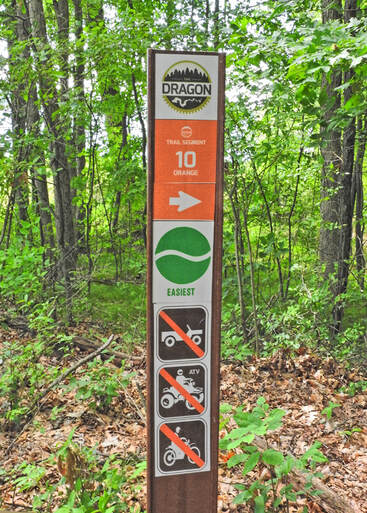 A recently-opened section of the Dragon Trail
A recently-opened section of the Dragon Trail In a state with 13,000 miles of state-managed trails, thousands more miles of local, county, and federally managed trails, and more rail-trail miles than any other state in the nation, you might think the addition of one more trail would be no big deal.
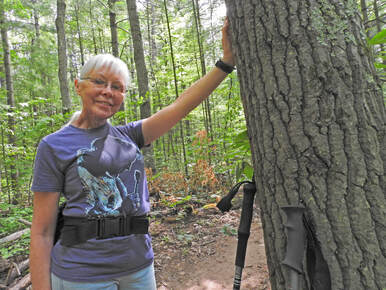 Happy hiker
Happy hiker Ray and I tried out one of the recently-opened segments on a sunny day a few weeks ago. A number of other hikers and cyclists had the same idea, but we found it easy to maneuver around one another, even at social-distancing lengths.
 Houseboats at Hardy Dam marina
Houseboats at Hardy Dam marina We hiked the section that runs south from Sandy Beach County Park to the Hardy Dam marina, an easy stretch for sauntering or stepping up the pace.
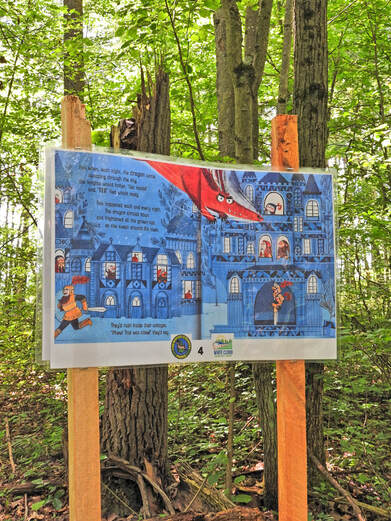 A story stop along the trail
A story stop along the trail One delightful feature of that section of trail is a series of postings of laminated pages from a children’s book about a boy and a dragon, The Knight Who Said NO! by Lucy Rowland and Kate Hindley. With or without a youngster in tow, the story is a fun read, and the illustrations enchanting. Plus, if you need to catch your breath, you can always pretend to be stopping just to read the next installment.
 It's a fine time for a woodland walk
It's a fine time for a woodland walk 
And you earn badges! I think they’re virtual, so you probably can’t sew them on your hiking vest, but you can still glory in the achievement. You earn the first badge simply by registering for the event and logging at least one mile.
Horseback ride for 5 miles
Walk, run or hike for 5 miles
Bike for 10 miles
Paddle for 2 miles
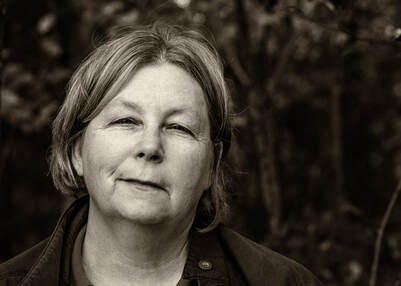 Gail Howarth
Gail Howarth Most of the participants were referred through the gallery or Facebook friends. Of the 17 participants, I knew less than one-third personally.
I received a lot of non-responses to emails and phone calls. However, those that expressed an interest in the project showed no hesitation about participating. Everyone felt like it was an important project and wanted to be involved.
In a nutshell, we need to get to know one another. The project gives folks from various backgrounds the opportunity to share their journey with people that are generally not a part of their community. Once we find common ground, it will become easier to communicate about and resolve tough issues.
One example from the project would be that there has been immeasurable conflict related to wearing a mask to keep COVID-19 from spreading. There are many reasons stated, but I believe the biggest factor is that folks don’t know anyone that has had it, and therefore, it does not seem real.
Three of the participants of the project have had COVID-19. Though all three have recovered, they struggle with ongoing health issues. One person caught the virus from a man that did not survive. Another worked in one of the hardest-hit hospitals in the Detroit area. She witnessed countless deaths every day. All three encourage everyone to wear a mask.
Once you know someone that has had the virus, you will likely not question whether mask-wearing is right or wrong.
Healing begins one person at a time. Hopefully, healing begins with one person, then a second and a third, and multiplies and impacts a whole community, a state, a nation, and beyond.
Healing can be hard work and take years. But it can also be quite magical. Have you ever had a rigid belief about a thing and then learn one new fact about it, and it shreds everything you ever believed? I do hope that folks will find a few magical moments from the exhibit and blog posts.
I don’t believe my project alone can make a profound change in the world. I do think that projects with the same or similar intentions are popping up all over as a reaction to the dysfunction we are currently experiencing. I hope that collectively change can and will happen.
Lastly, I will admit that there was a moment during the early part of the project that I became disillusioned. Not all of my friends or family felt the project had merit. They thought that the result might create greater divisiveness versus the desired outcome of healing. I shared with one of the participants that my heart was a bit broken by the response. I asked her earnestly, what if the only heart opened or healed was my own. Her response was: Well, then the whole project is worth it. I am grateful, and I cherish her words.
Also, in the ’60s, people still had faith in our government, that our voices would be heard, and that real change could happen. Today, we have lost faith in leadership and our government, that our voices, no matter how loudly we cry, fall on deaf ears, and there is little hope for change.
Initially, I thought I would display one photograph and a few keywords of each person to convey the story. However, I could not come up with a smart way to show the words. In the end, I decided to label the images more traditionally. Each piece has a name and just a little information about the participant. Hopefully, viewers will become curious enough to read more about the participants on my blog.
Then, as I selected and edited photos, I realized that for most participants, a single image left the story incomplete. I began mounting three to five images into a template with a plain white background. The stories were coming together, but still, something was lacking. One day, I accidentally placed one of the photos behind the others. It was fabulous!! I reduced the grayscale of the background image (made it lighter), and it became part of the story. In some cases, I had to backtrack to find and photograph backdrops that would complete the story.
Lastly, I initially had a narrow concept of who should participate. The expansion happened naturally and felt right.
There were many days that I felt hopeless. The division between people feels as if it grows larger every day, and I did not feel as though I was working fast enough or hard enough. But I came to believe that I am doing what I can to be a positive force for awareness and change. I will, in some way, continue the work that has begun with this project.
I am honored and humbled that complete strangers would take the time to share their life experiences with me. Their words forever change me.
The most life-changing aspect of the project is related to racism. I have never considered myself a racist. But, I have become more aware of the cultural bias that I carry with me. I listen with new eyes and ears, and feel with a heart more open. And, as those old untruths pop up, I look them over and toss them away.
We have so very much to learn from one another. I am a forever student, and can barely wait for my next teacher.
I hope others will be inspired to start projects that promote healing and unity.
Not all blog posts related to the project are complete. Consider subscribing to be notified of new posts.
from the heart of the woods
Available now!
Author
Nan Sanders Pokerwinski, a former journalist, writes memoir and personal essays, makes collages and likes to play outside. She lives in West Michigan with her husband, Ray.
Archives
April 2022
August 2021
July 2021
June 2021
May 2021
April 2021
January 2021
December 2020
November 2020
October 2020
September 2020
August 2020
July 2020
June 2020
May 2020
April 2020
March 2020
February 2020
January 2020
December 2019
November 2019
October 2019
September 2019
August 2019
July 2019
June 2019
May 2019
April 2019
March 2019
February 2019
January 2019
December 2018
November 2018
October 2018
September 2018
August 2018
July 2018
June 2018
May 2018
April 2018
March 2018
February 2018
January 2018
December 2017
November 2017
October 2017
September 2017
August 2017
July 2017
June 2017
May 2017
April 2017
March 2017
February 2017
January 2017
December 2016
November 2016
October 2016
September 2016
August 2016
July 2016
June 2016
May 2016
April 2016
March 2016
February 2016
Categories
All
Art
Better Living
Books
Community
Creativity
Events
Explorations
Food
Gardens
Guest Posts
Health
Inspiration
Last Wednesday Wisdom
Local Artists
Mecosta County
Montcalm County
Music
Muskegon County
Nature
Newaygo County
Oceana County
People
Photography
Pure Michigan
Reflection
Return To Paradise
Samoa
Writing

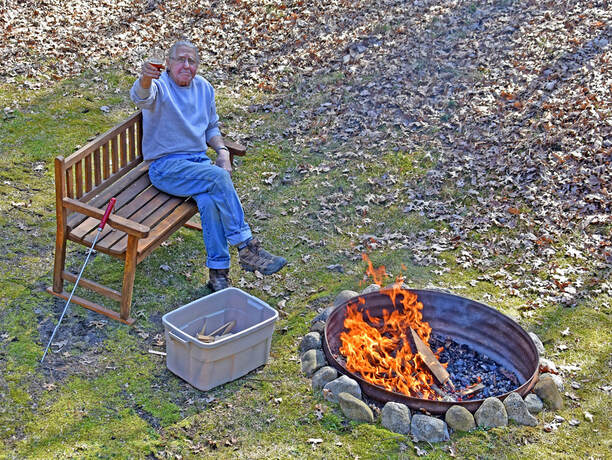
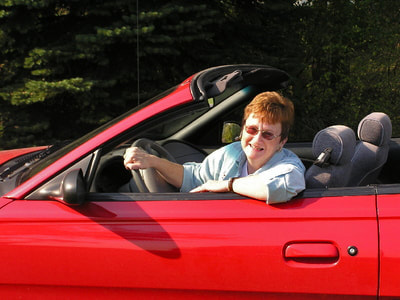
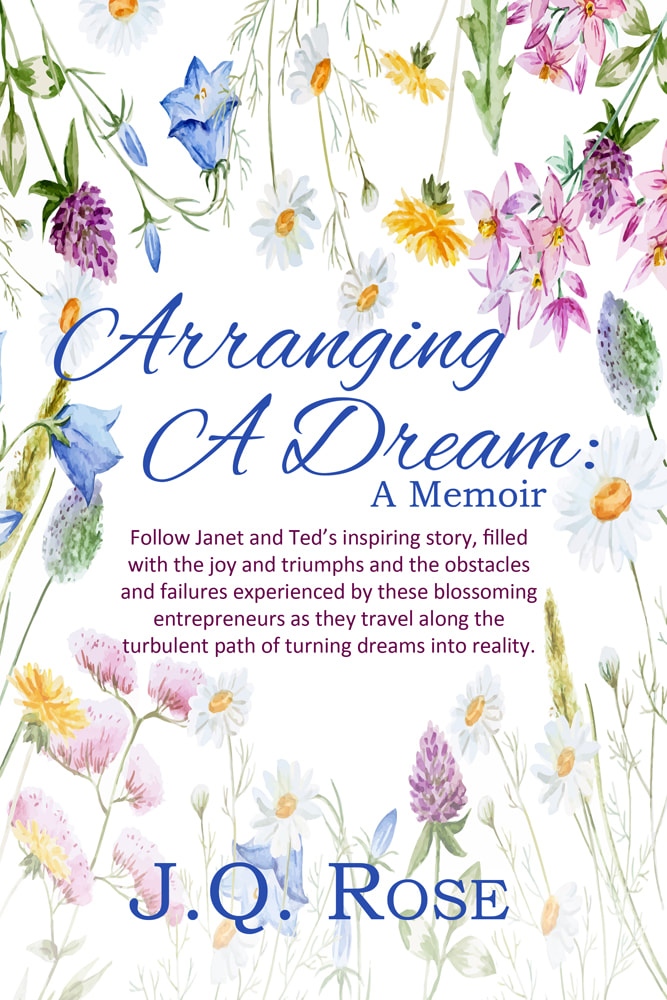
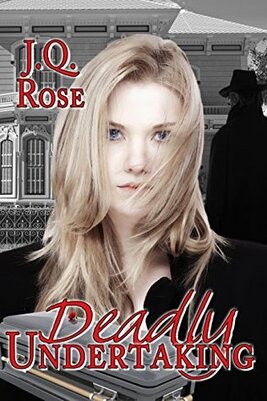
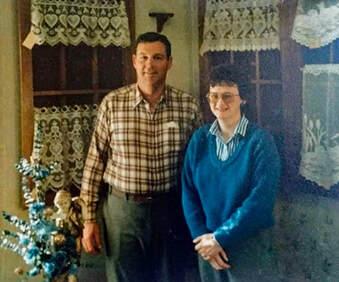
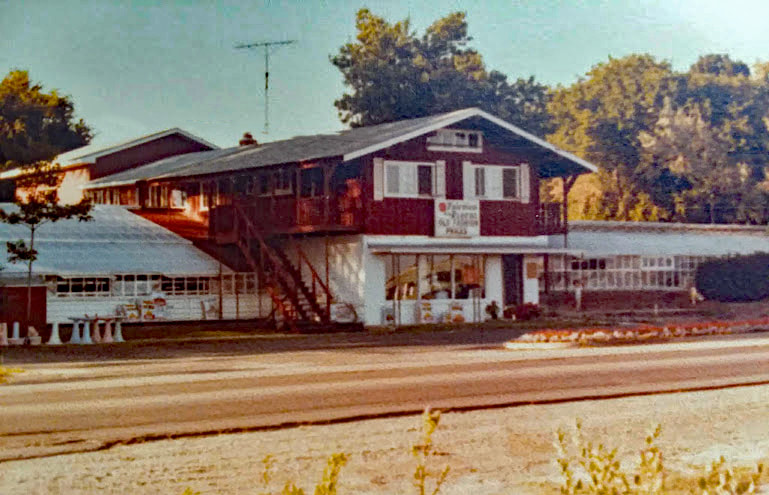
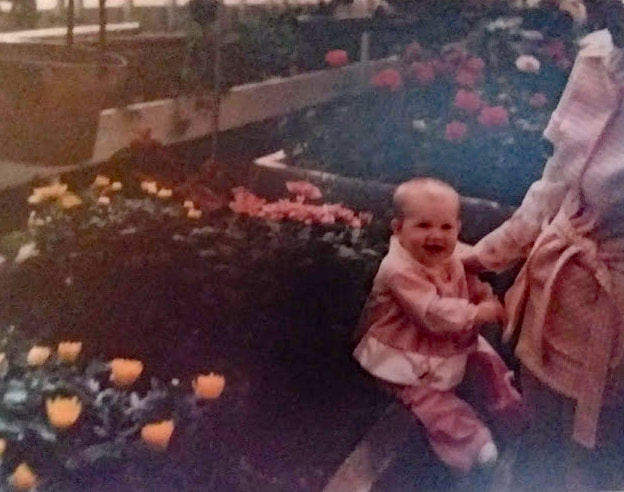
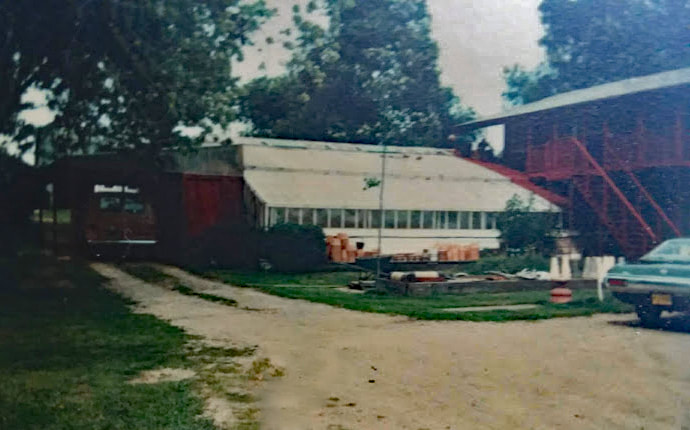
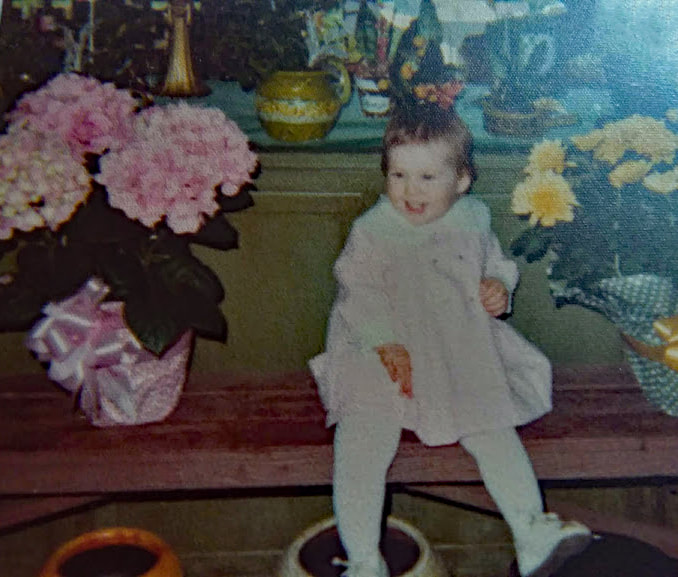
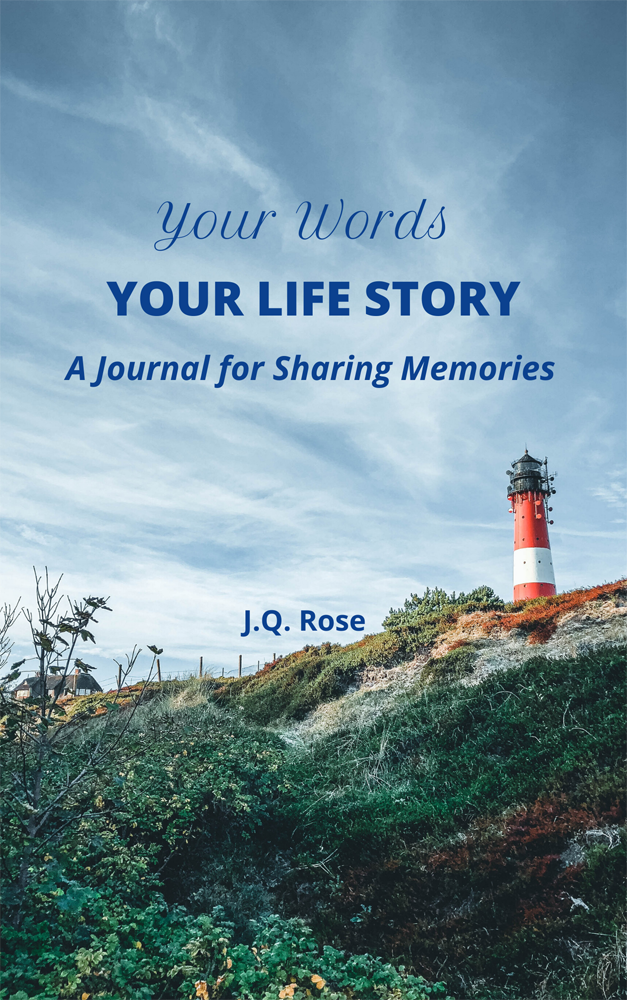
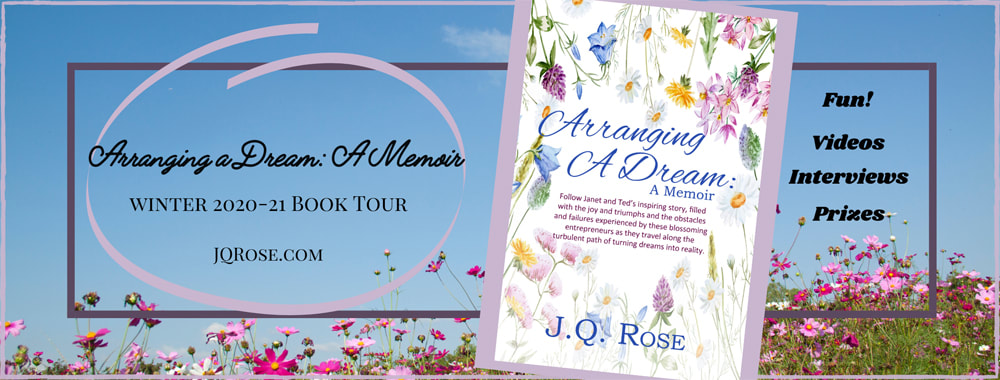


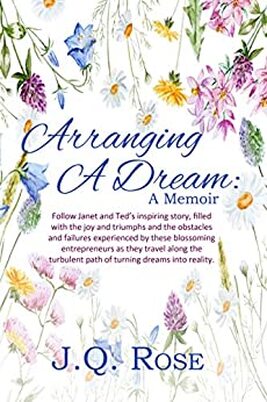
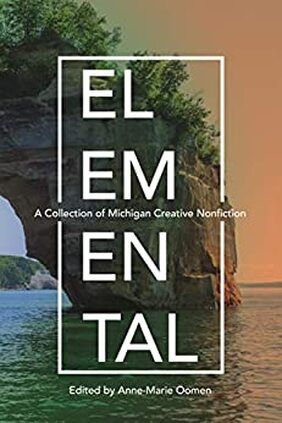
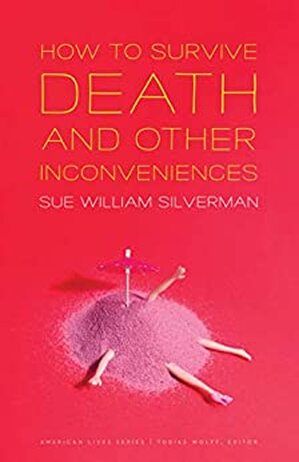
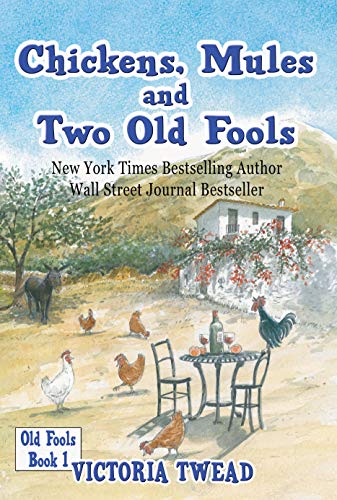
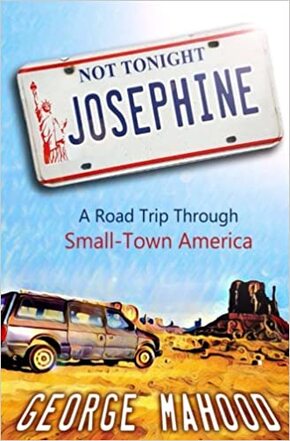
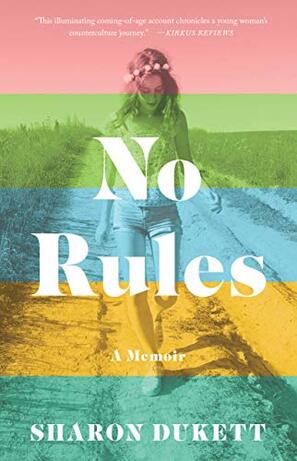
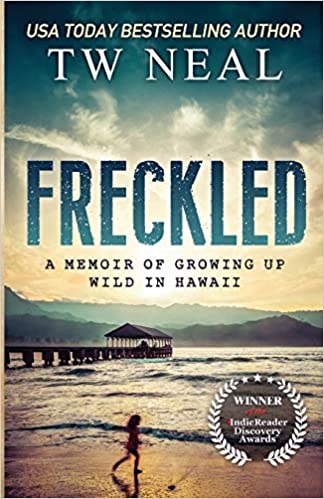
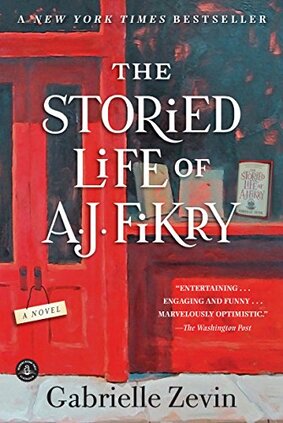
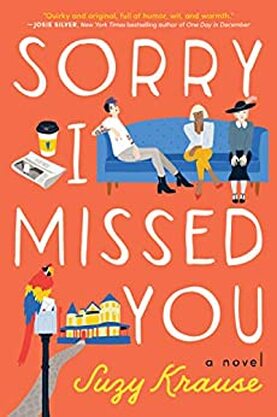
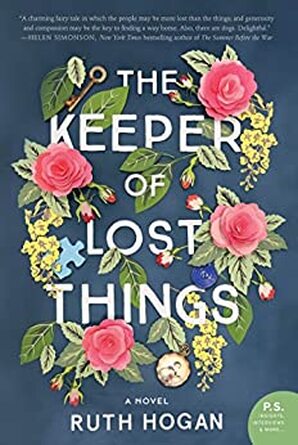


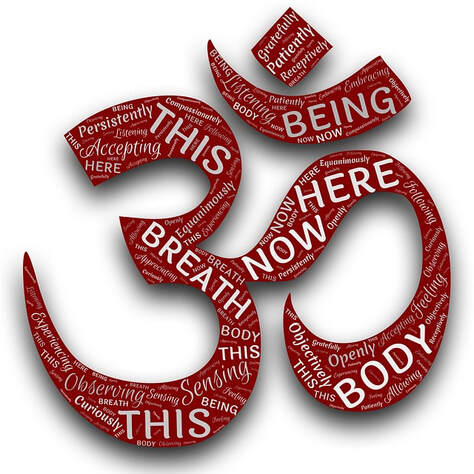





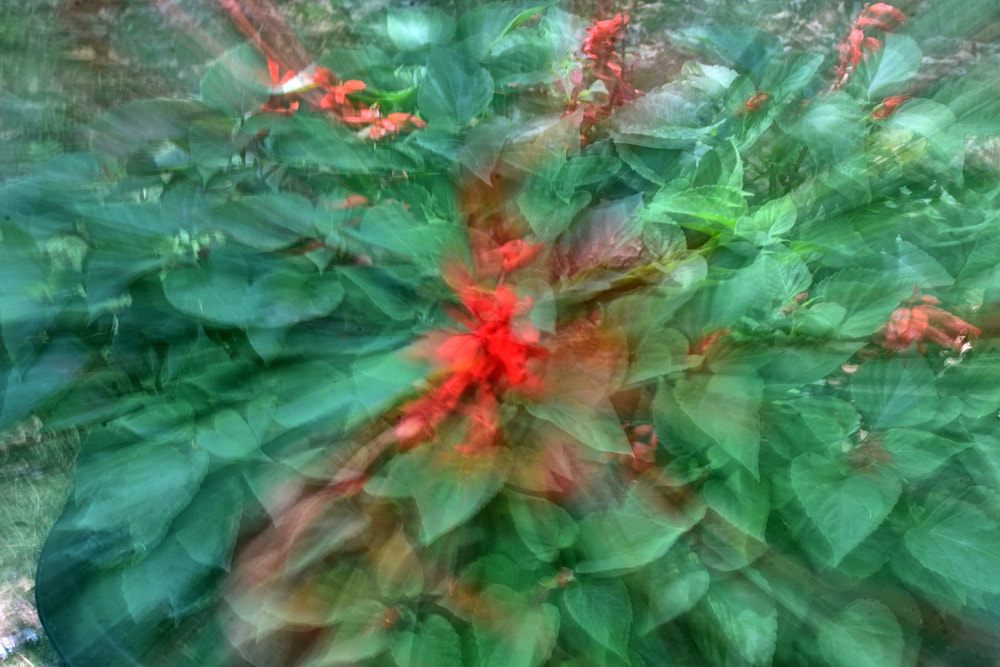






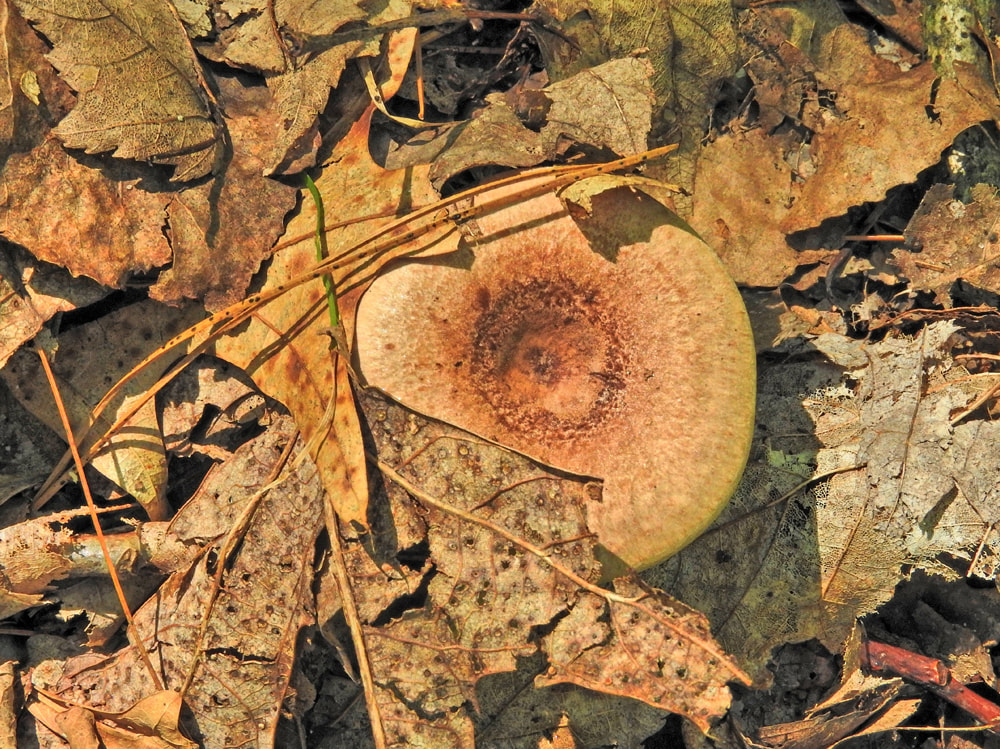



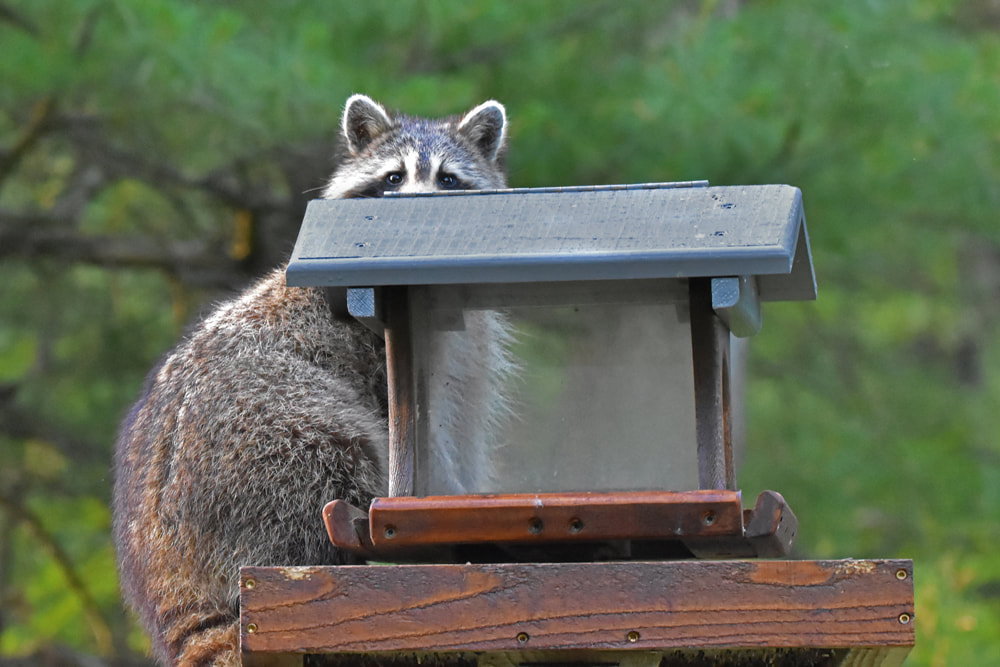




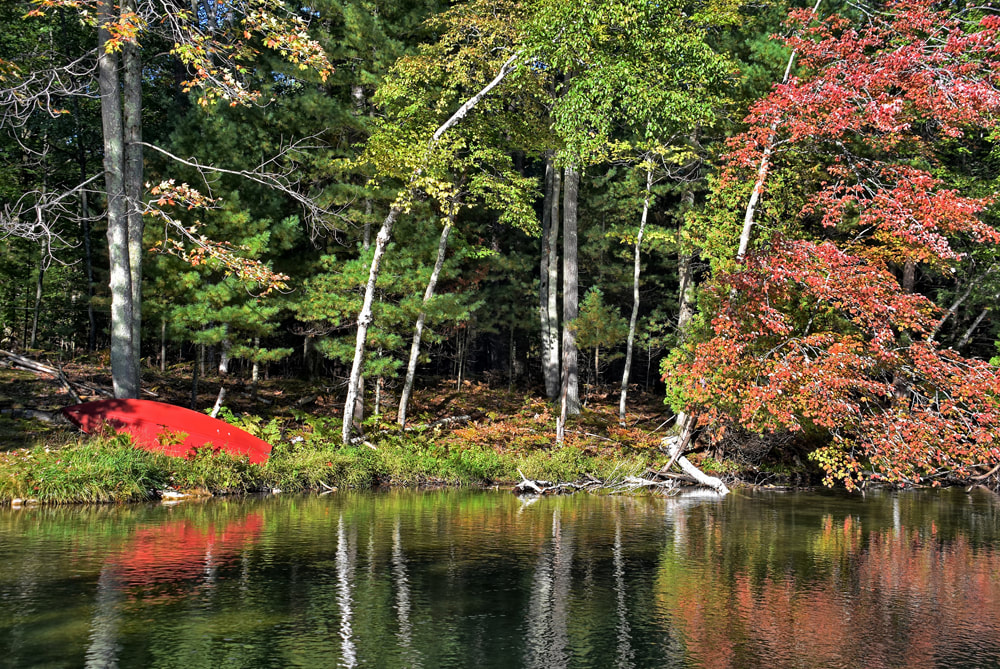



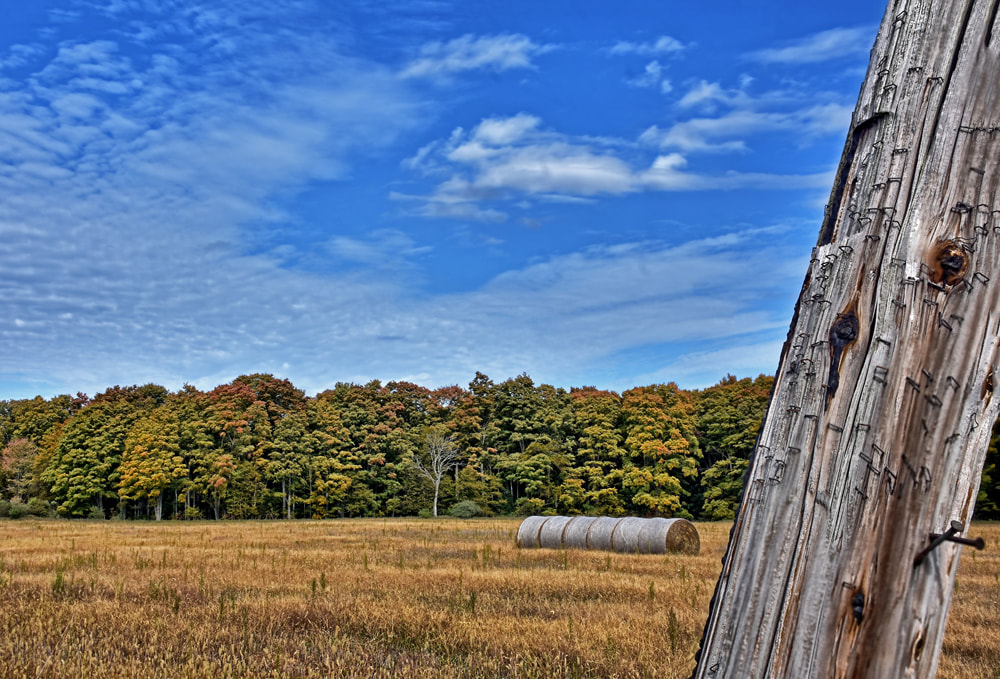
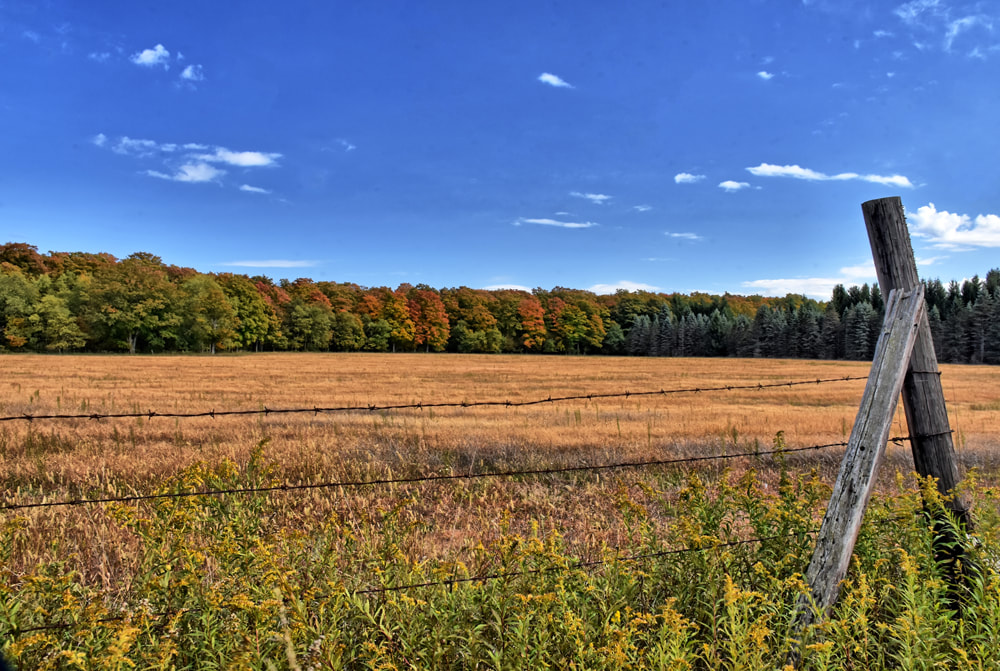
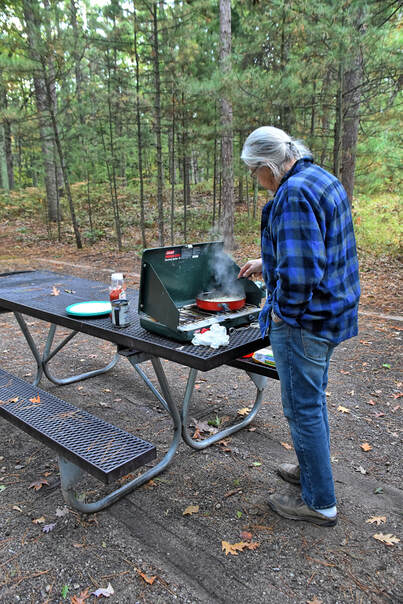
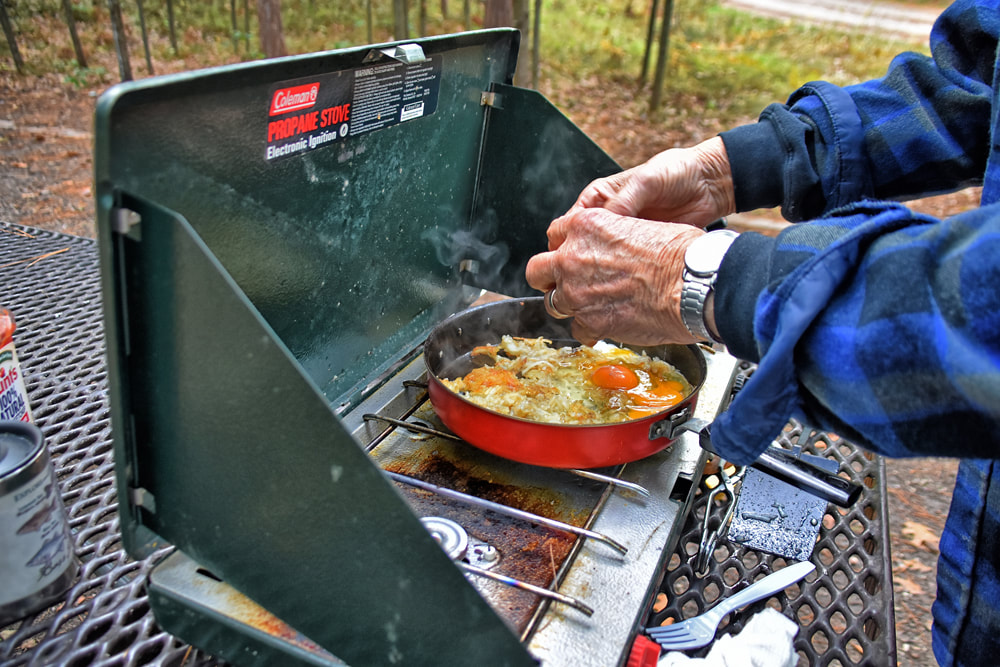
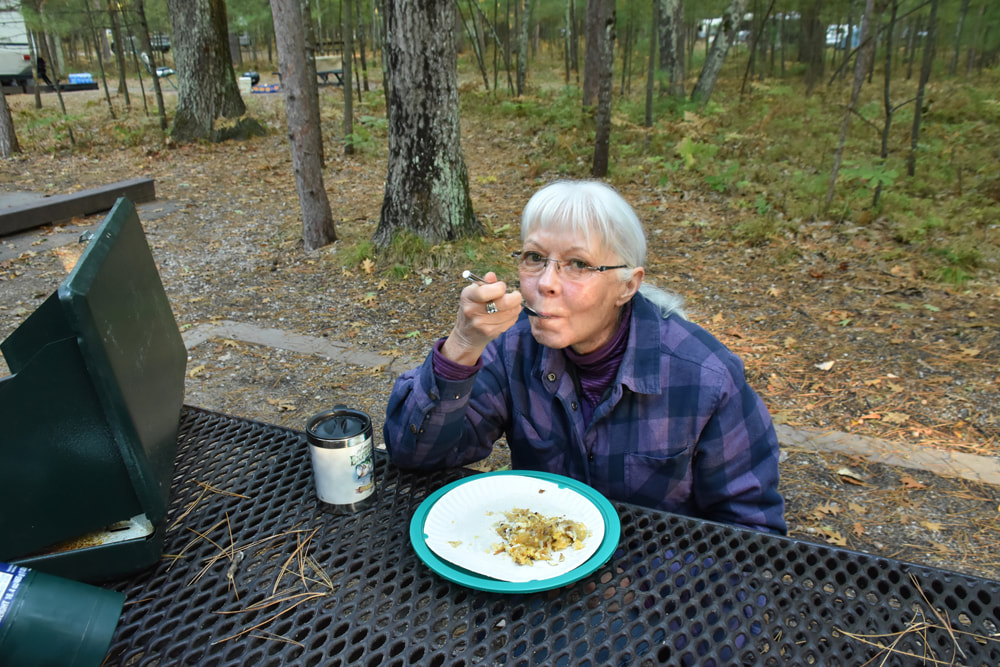
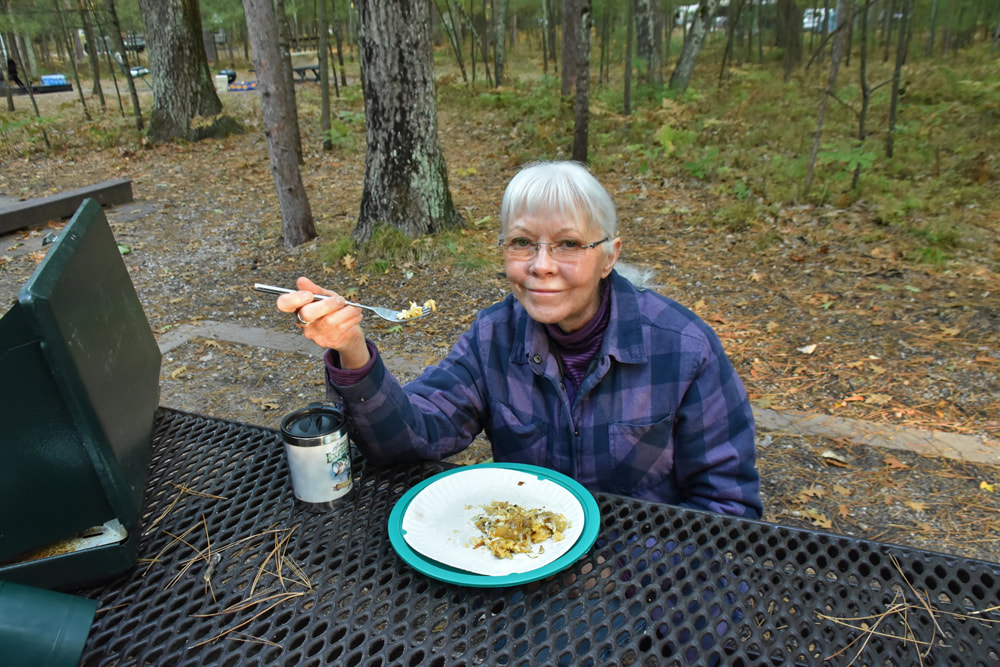





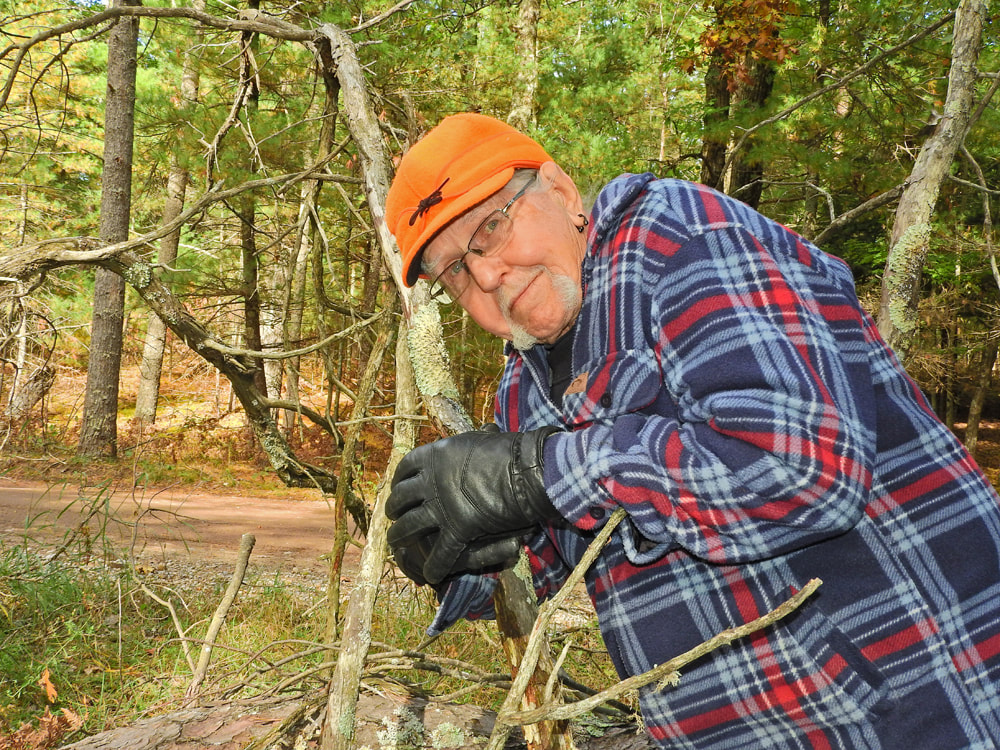


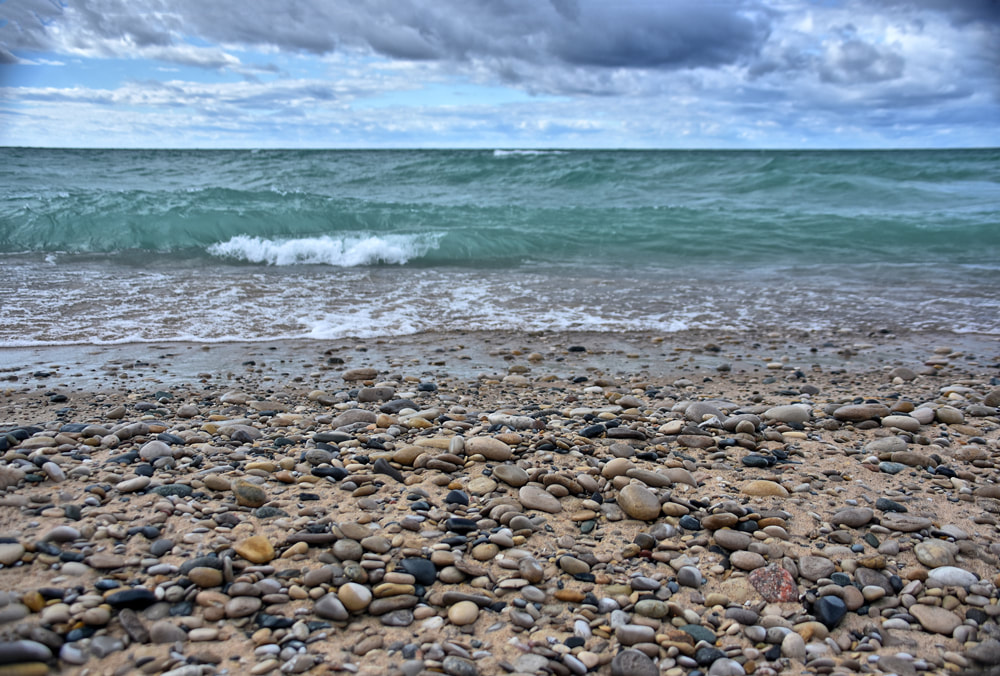


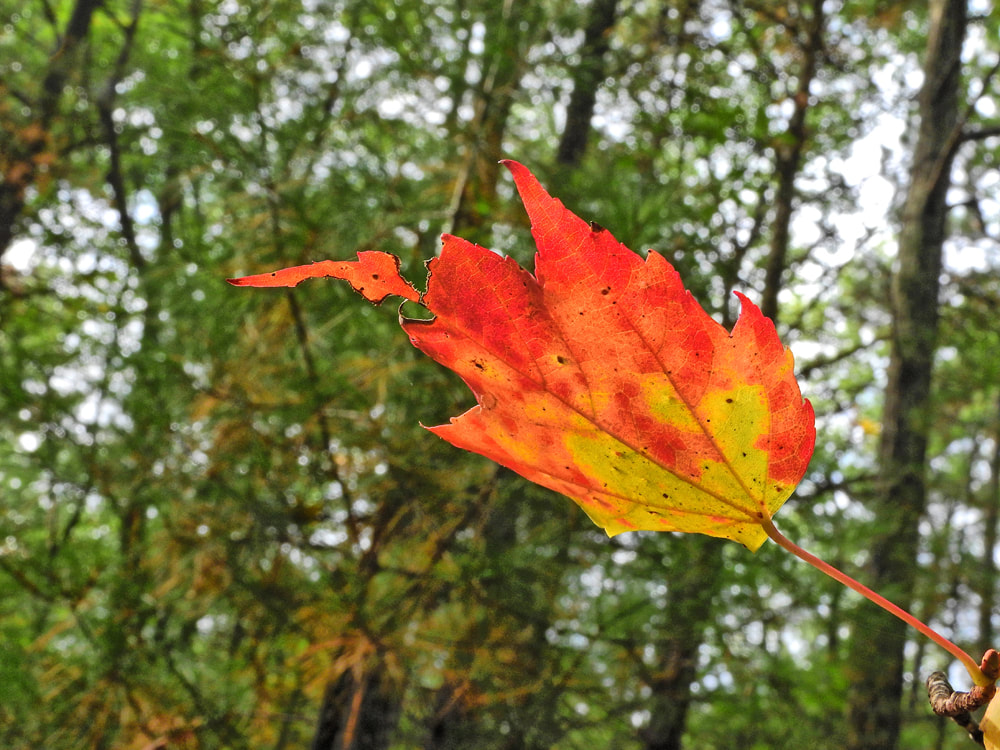
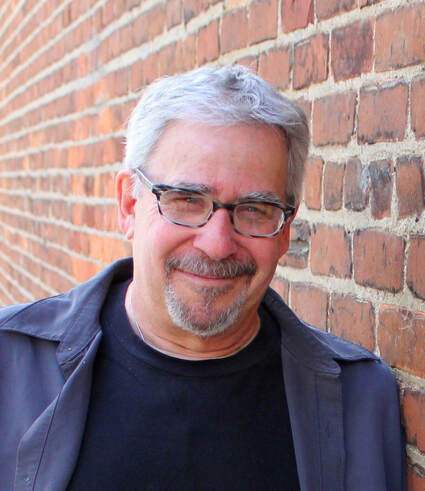
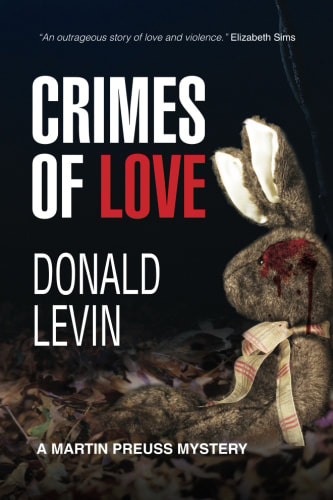
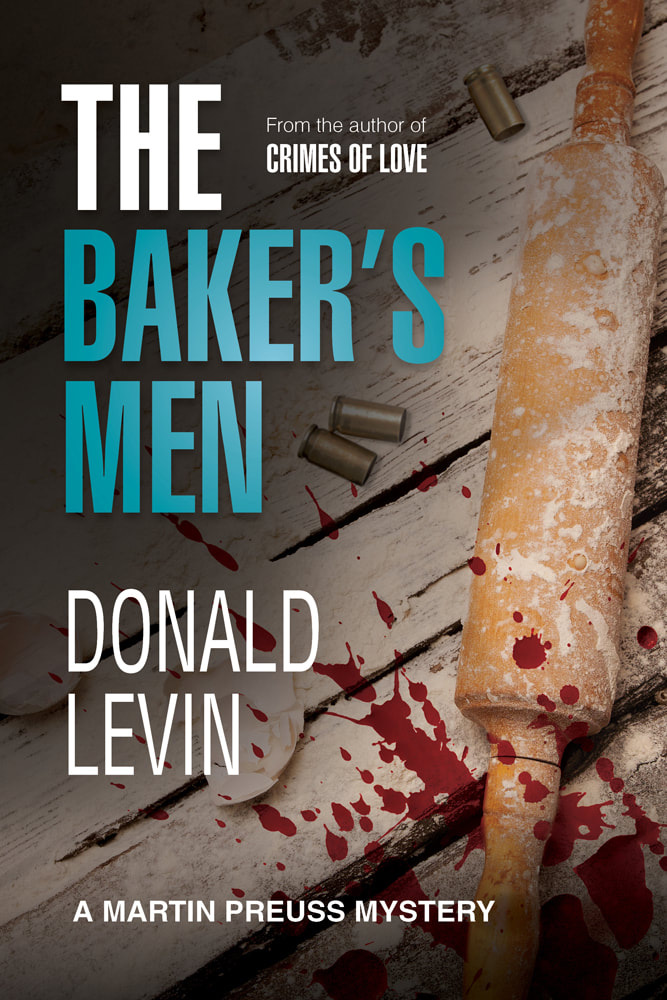
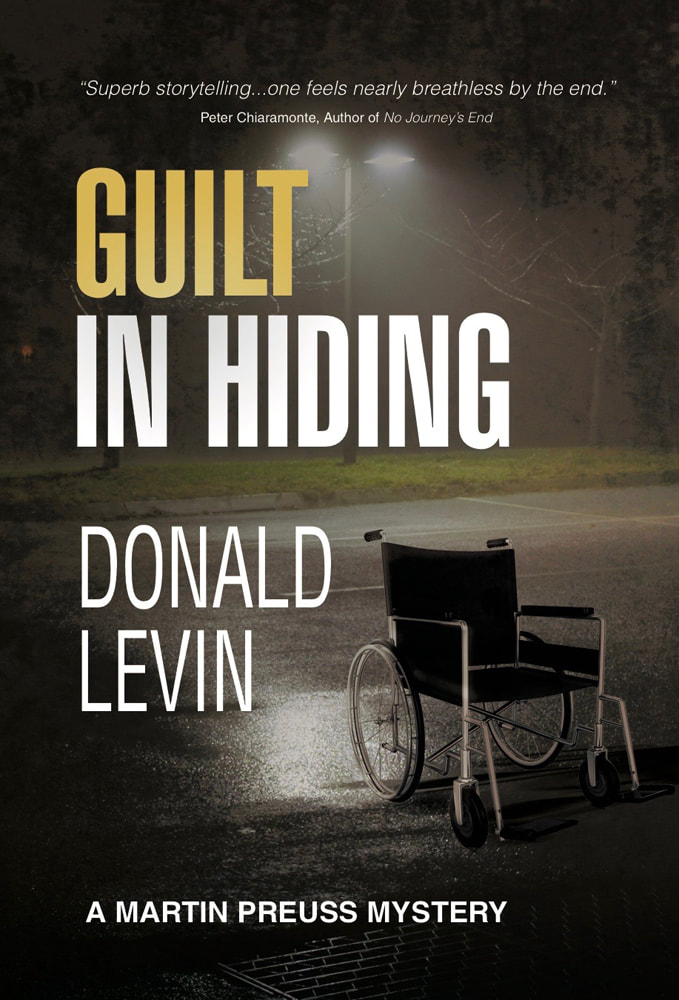
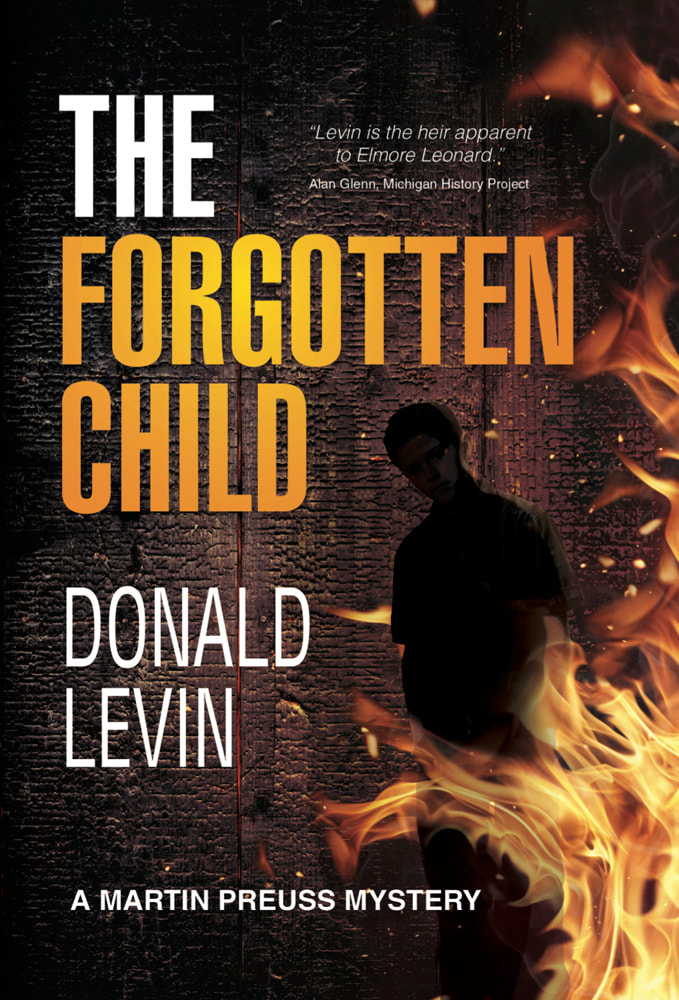
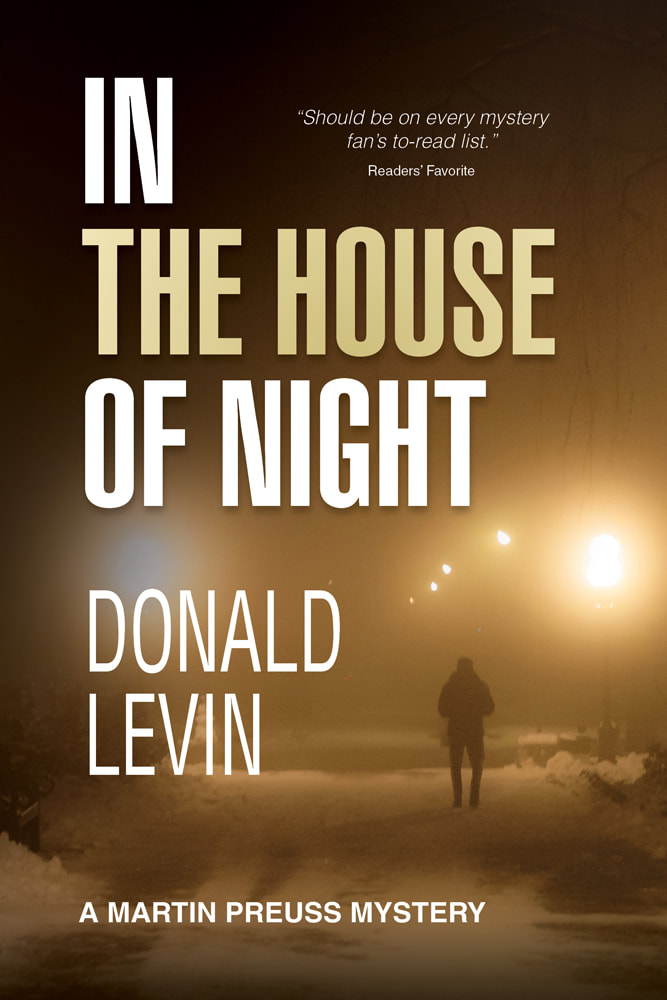
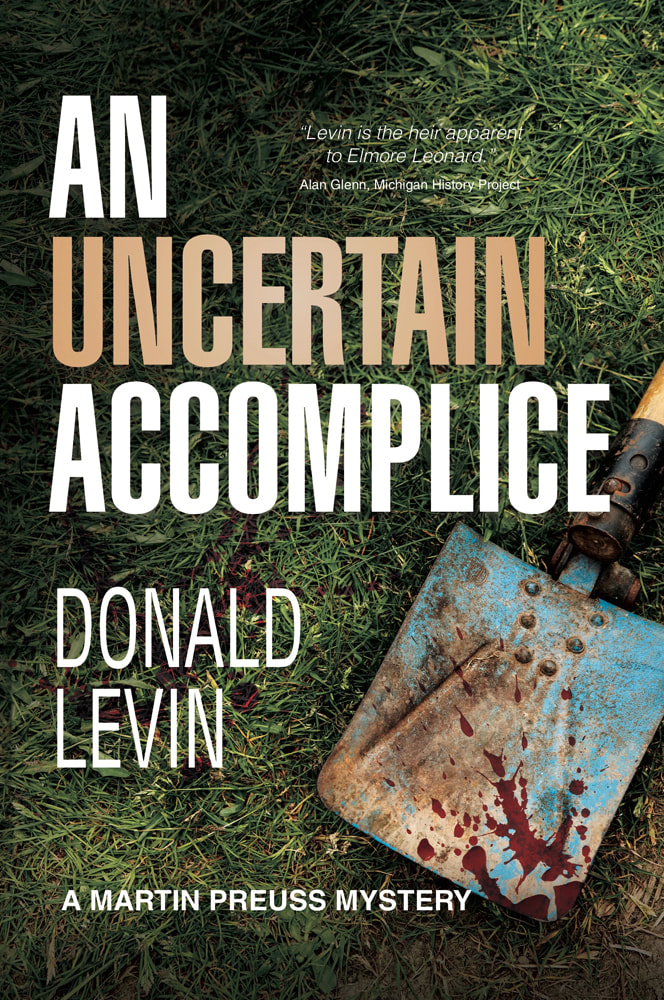
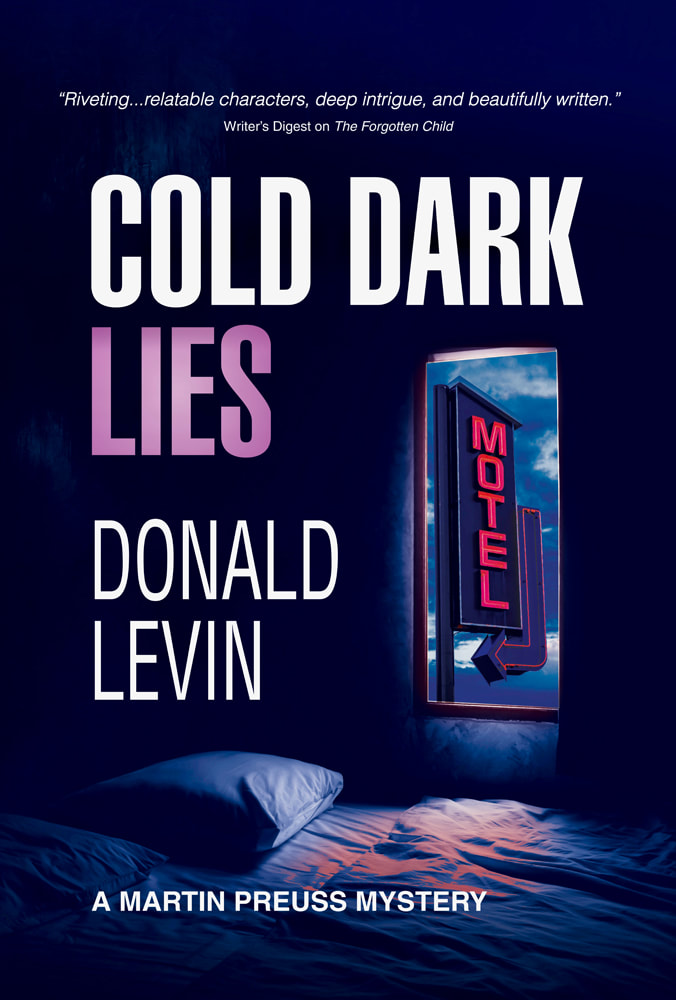
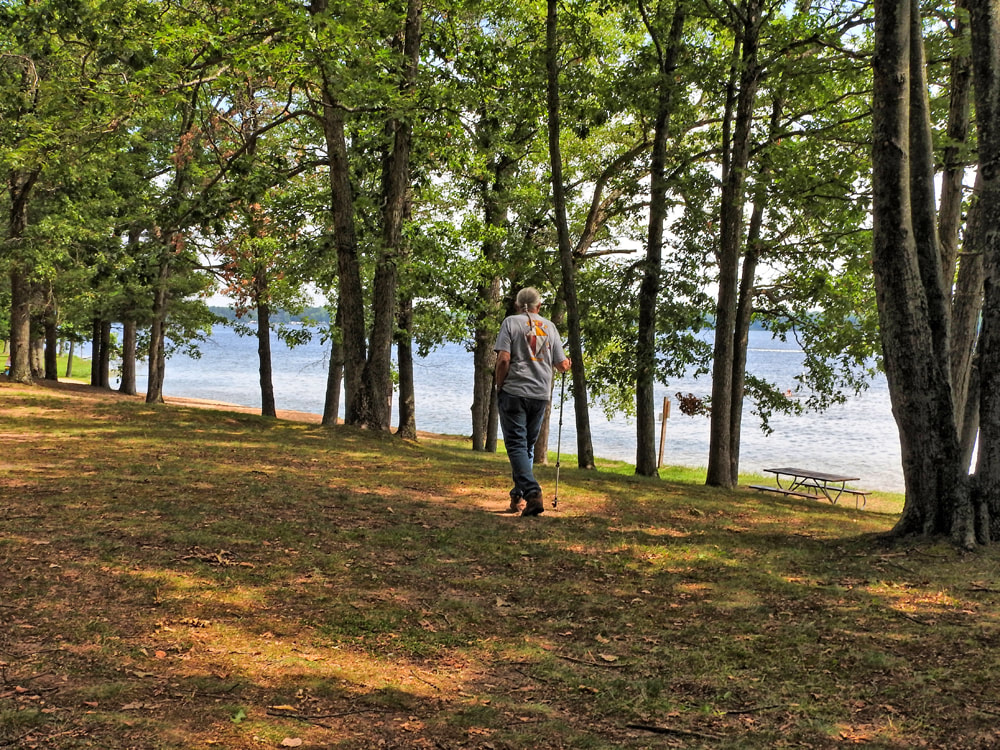

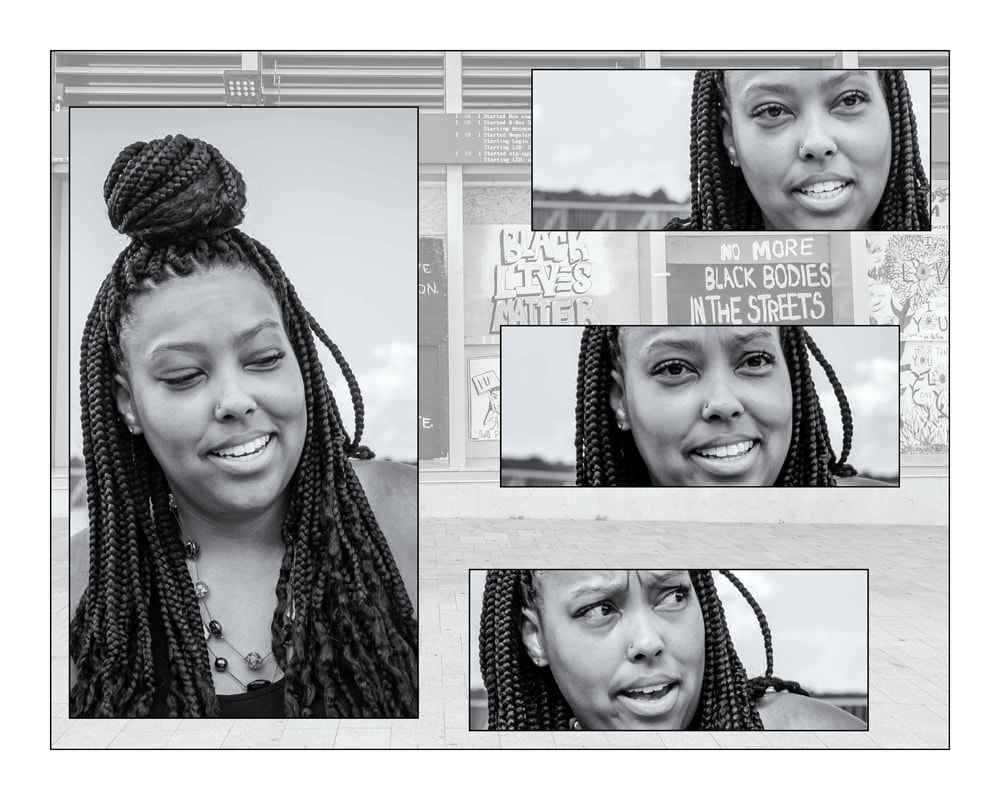
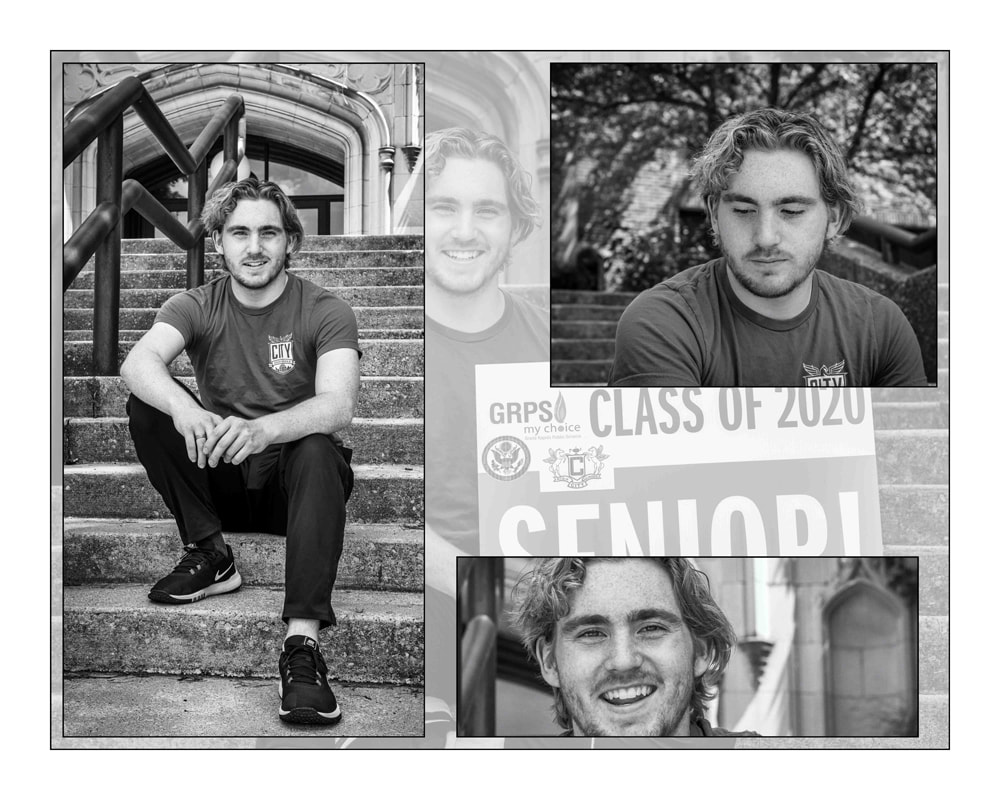
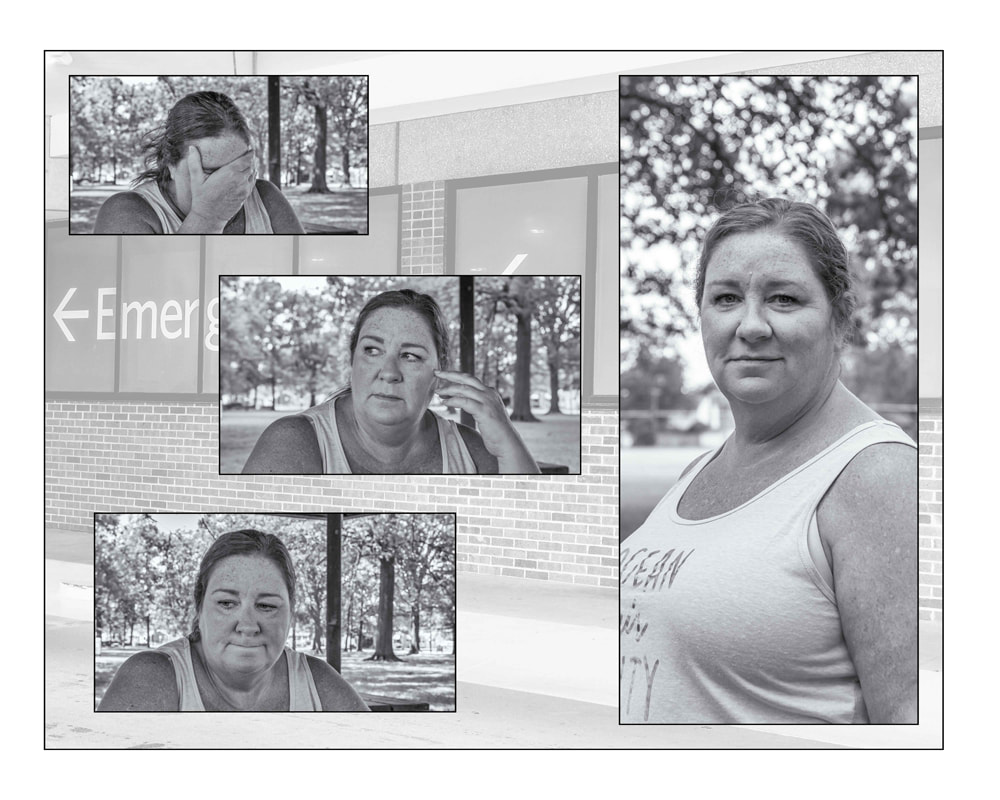
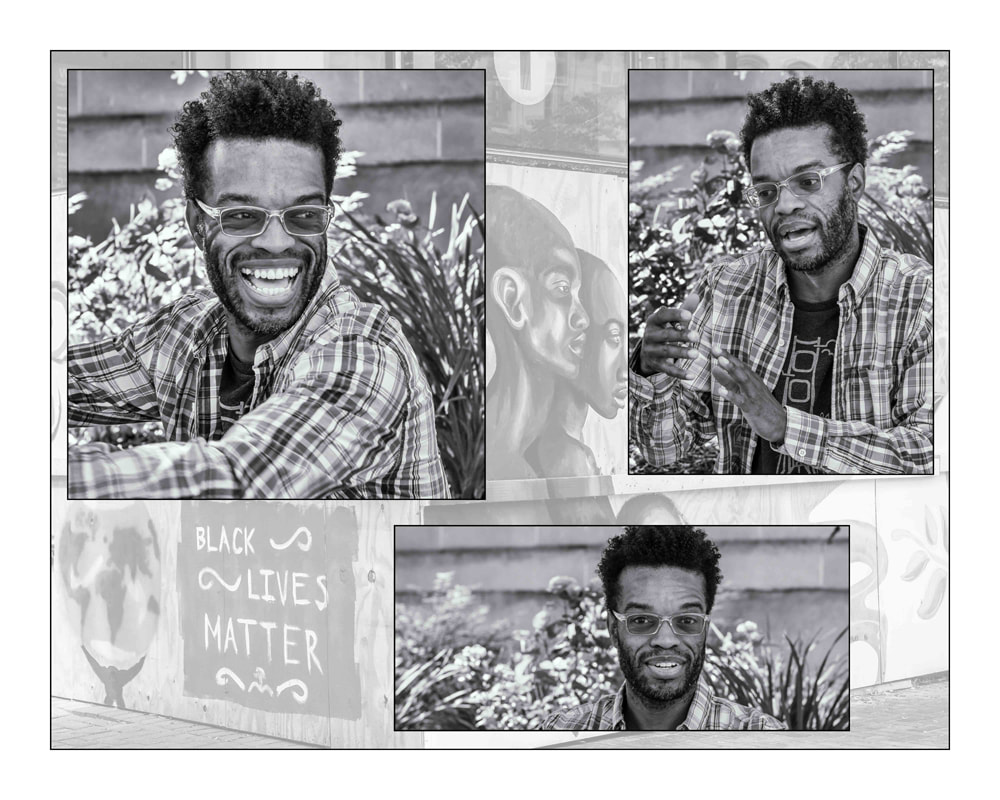
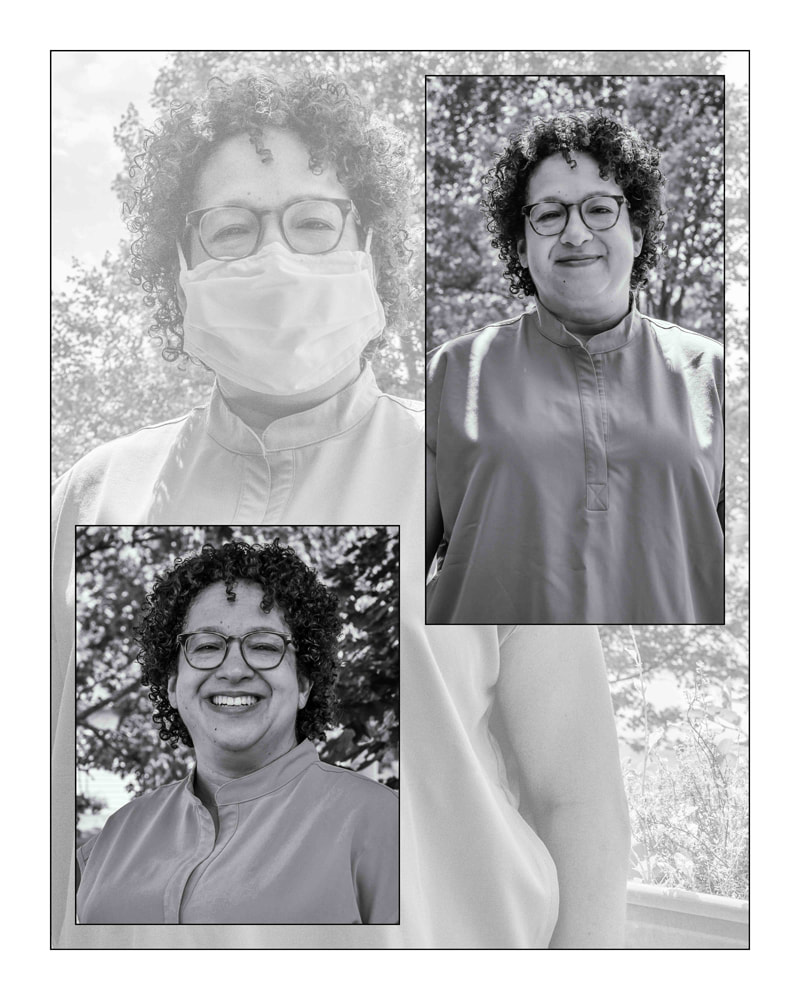
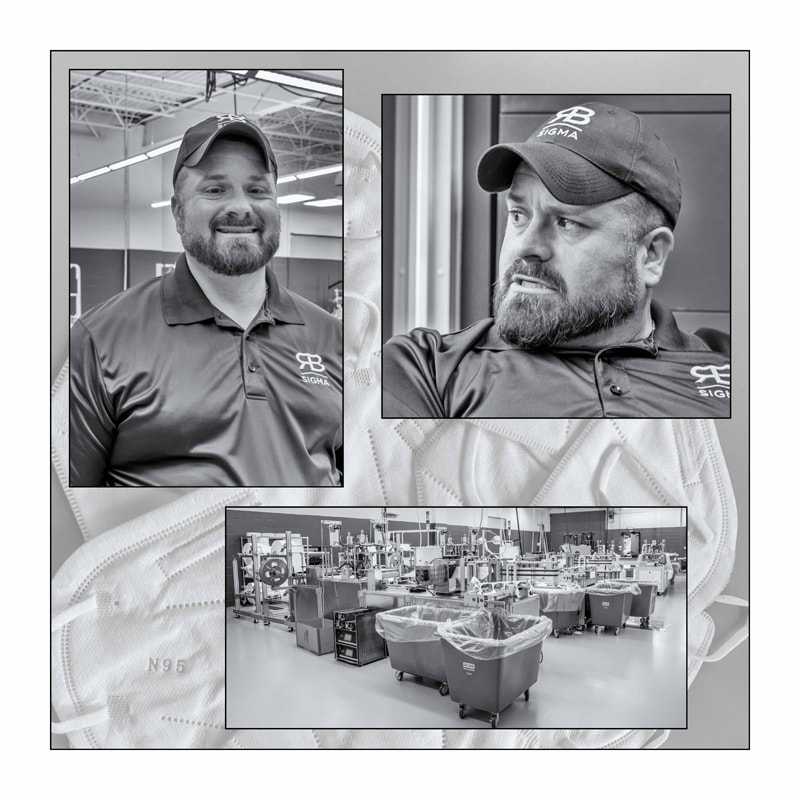
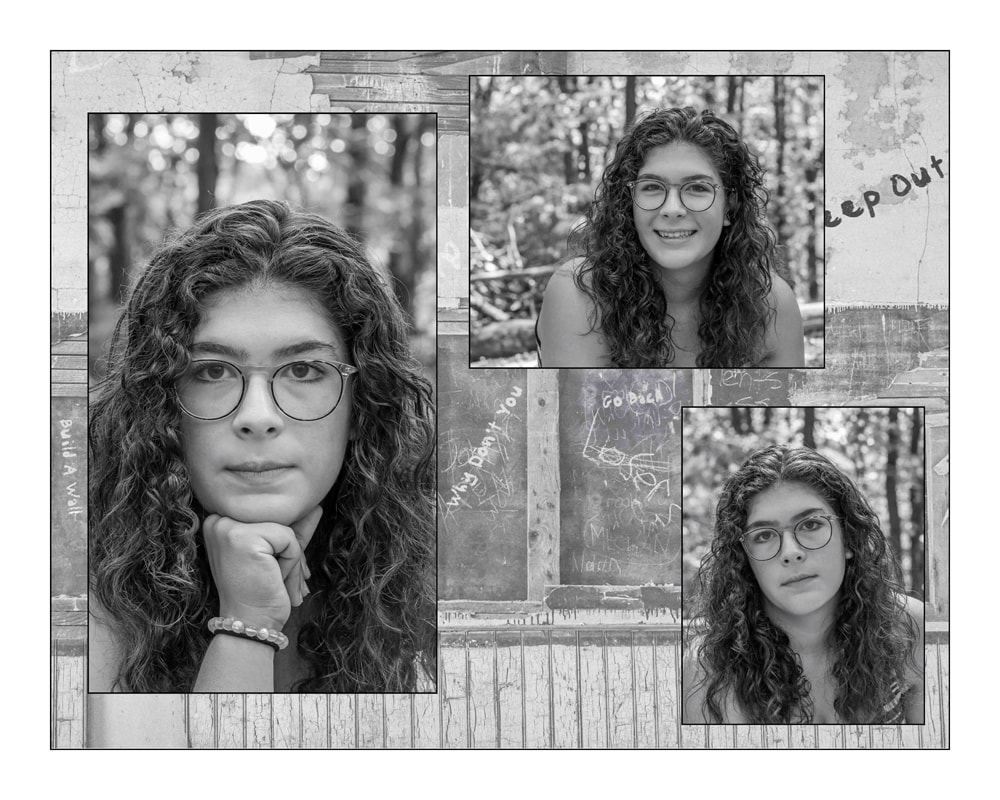
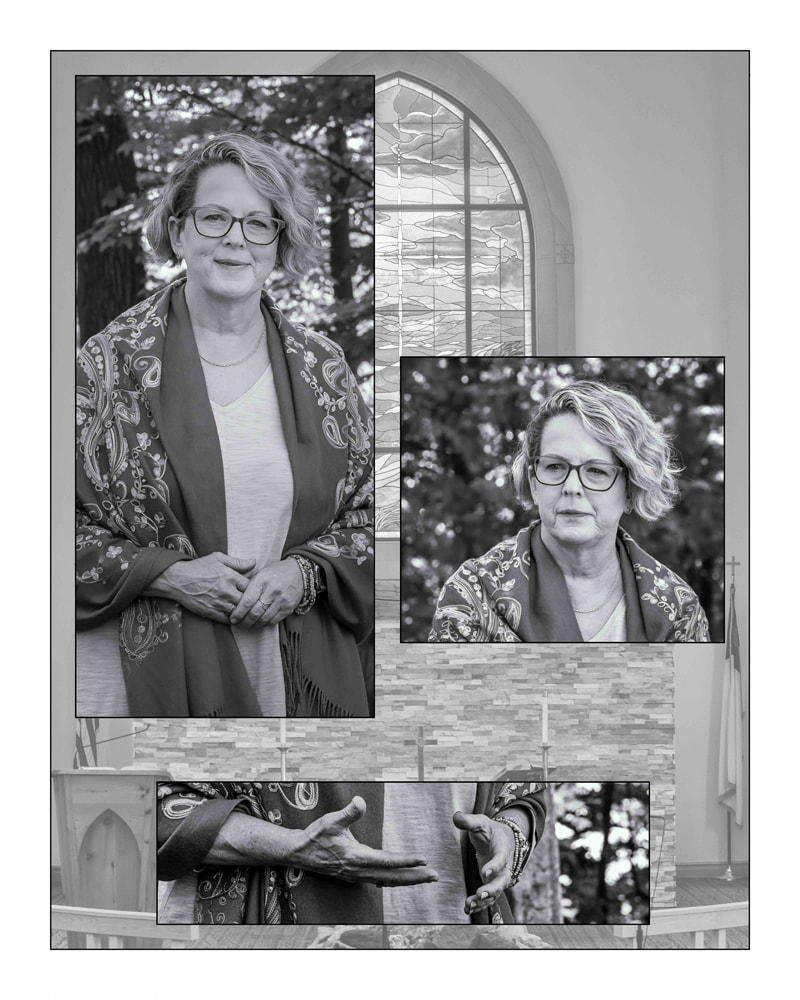

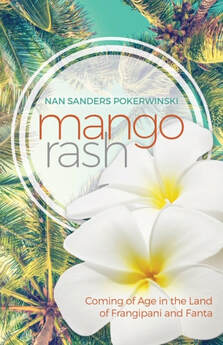
 RSS Feed
RSS Feed